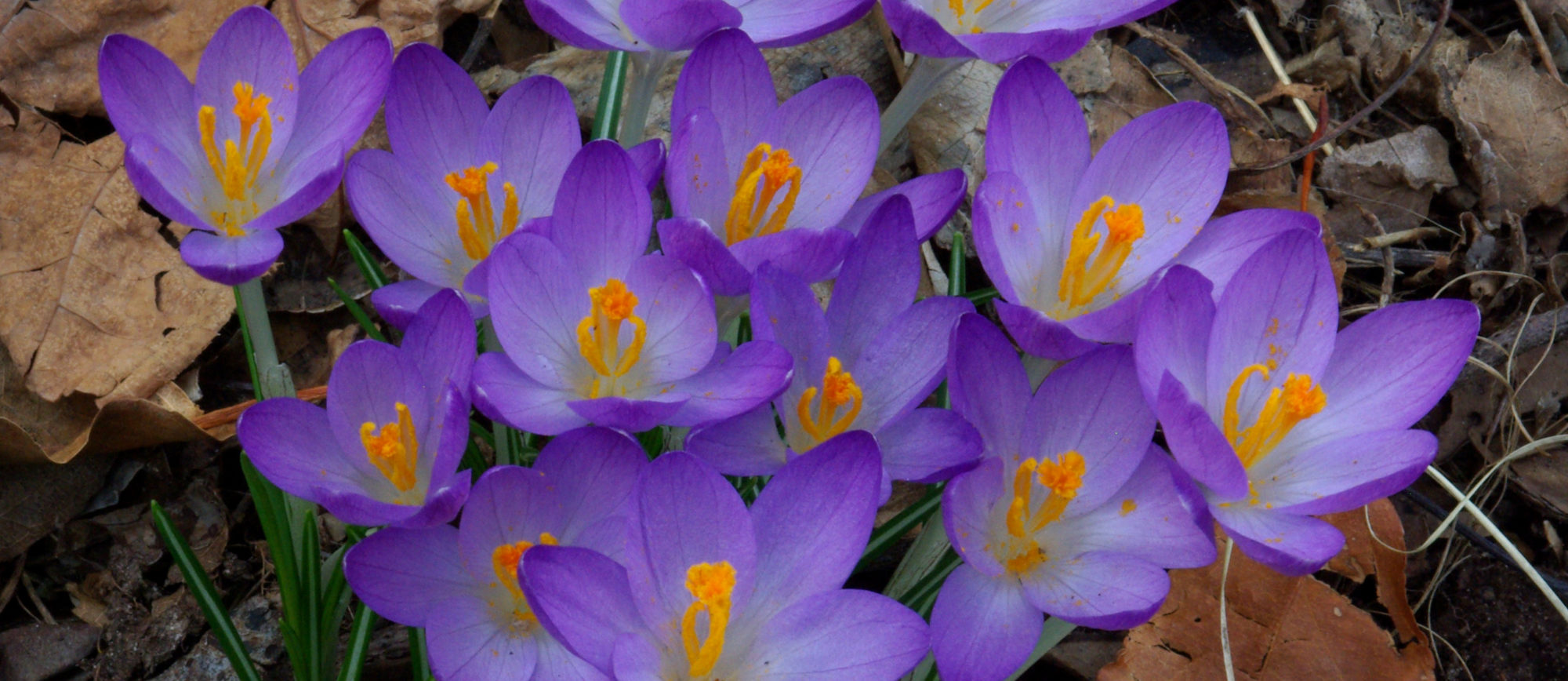These are the orphans and stragglers, those with no homes in the other collections.
22 pieces
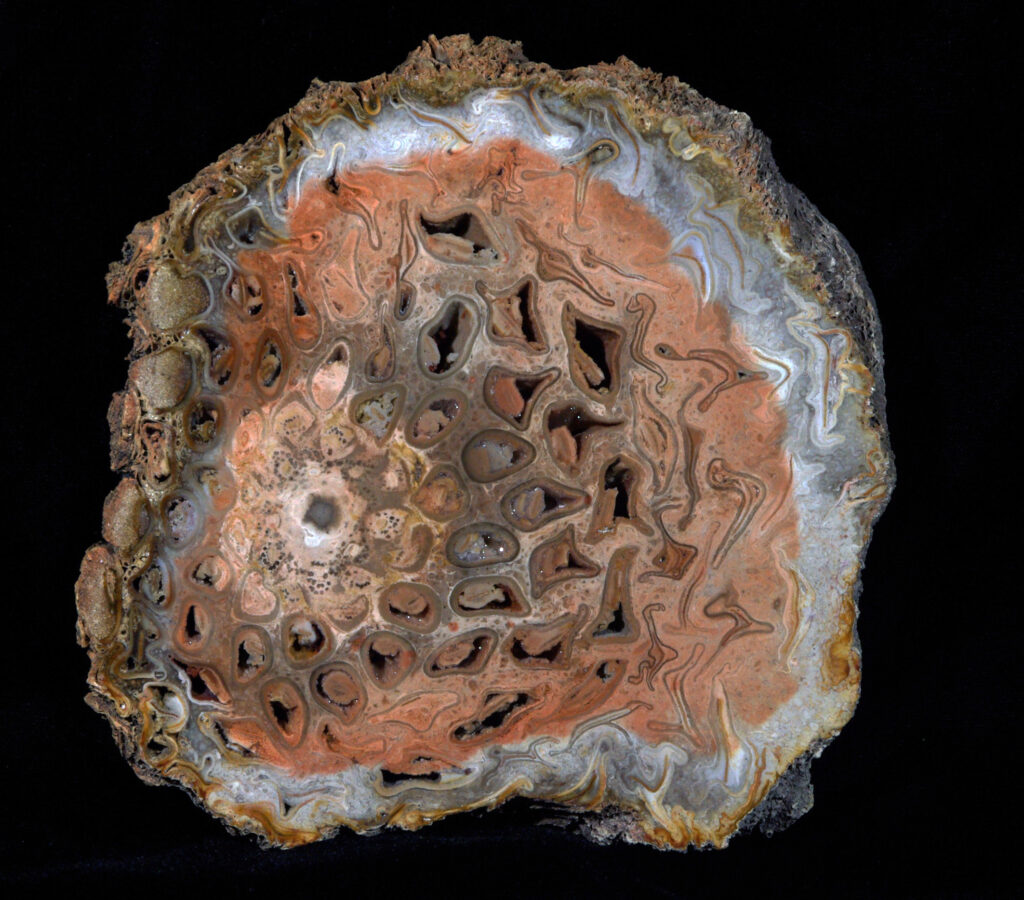
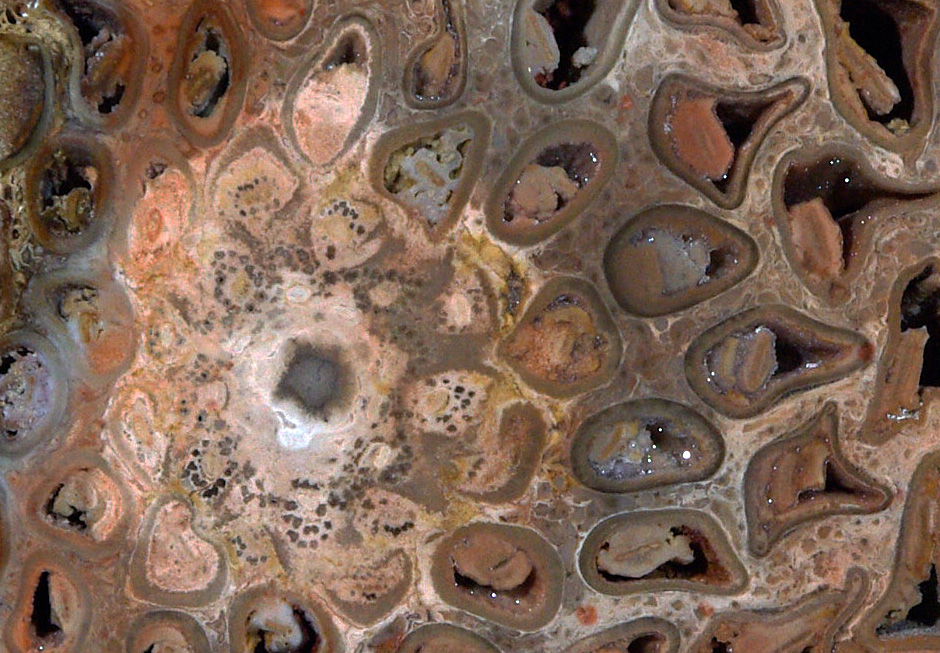
Brazil 1. Grammatopteris. Permian; Tocantins, Brazil. Appears in Ancient Forests on page 163 where it is afforded a full page spread. Beautiful and exceedingly rare. Polished on both sides. While my polestar in wood collecting is always beauty, in my personal hierarchy of superlative wood specimens, an exceptionally rare specimen which is also exceptionally perfect and well-mineralized, remarkably beautiful, dramatic, and interesting, such as this piece, is at the summit. [The first specimen I owned in this category is the Hermanophyton shown below.] 20 by 15 cm polished faces; 12 cm thick; one pound and five ounces.
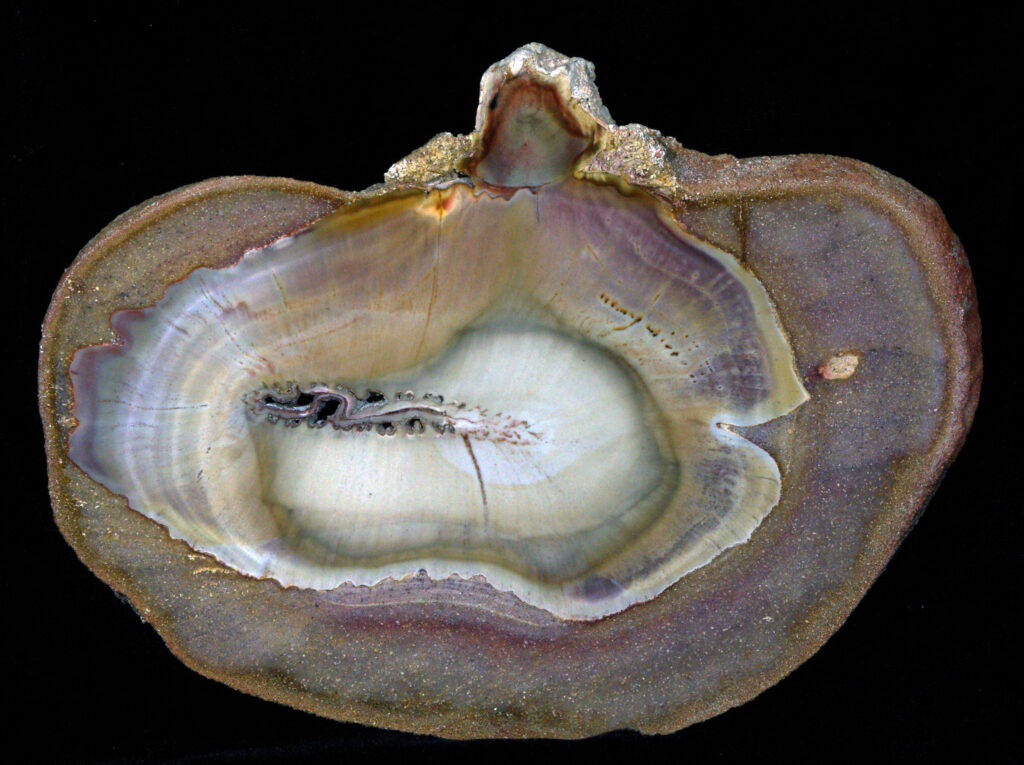
Brazil 2. The Pumpkin. Calamites in opal sand cast. Permian; Tocantins, Brazil. This beauty has a full page in Ancient Forests on page 160. Polished on both sides. 20 by 15 cm polished faces; 12 cm thick; one pound and five ounces.
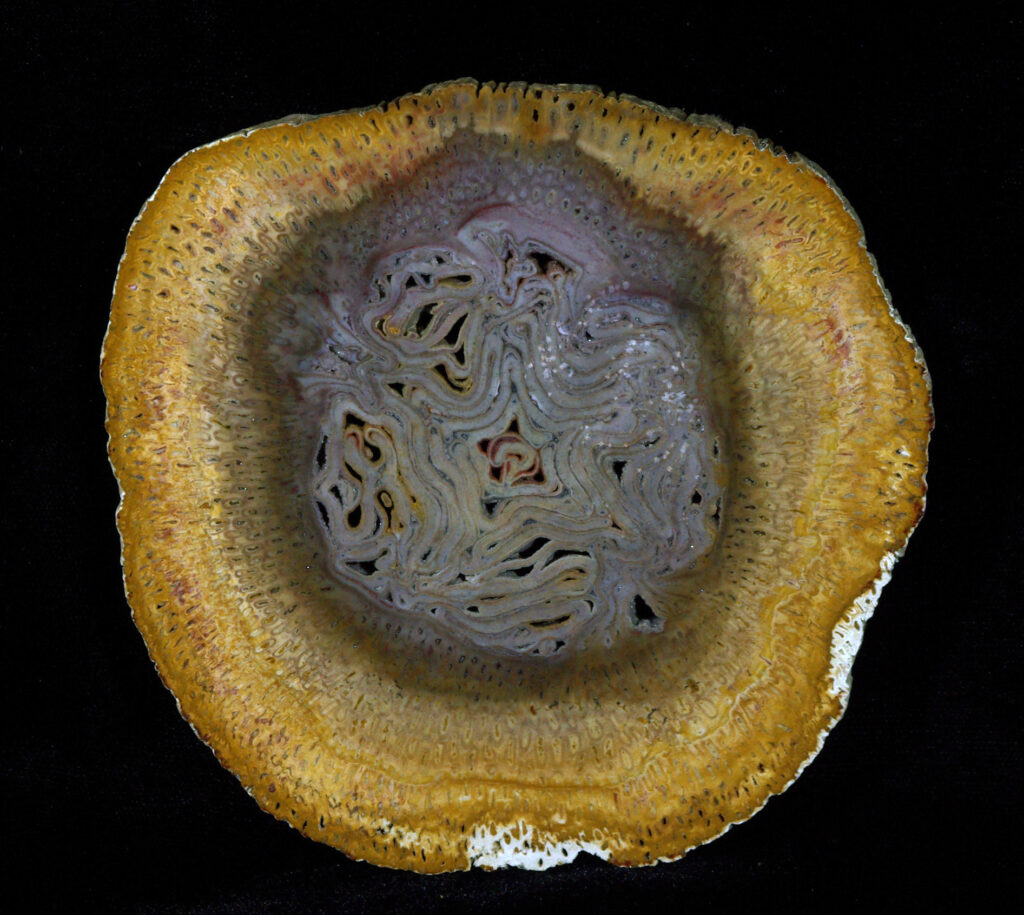
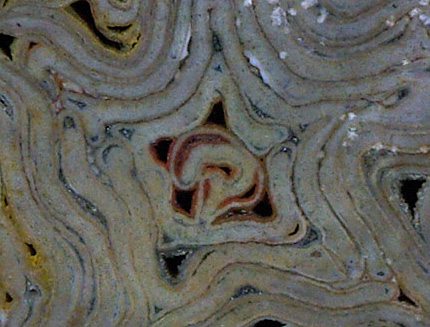
Brazil 3. Psaronius. Permian; Tocantins, Brazil. Not in Ancient Forests, however the next slice over is, see page 162. Excellent center star shape indicates this part of the tree fern was near the apex. 11 by 11.5 cm polished face; 9 cm thick; six ounces.
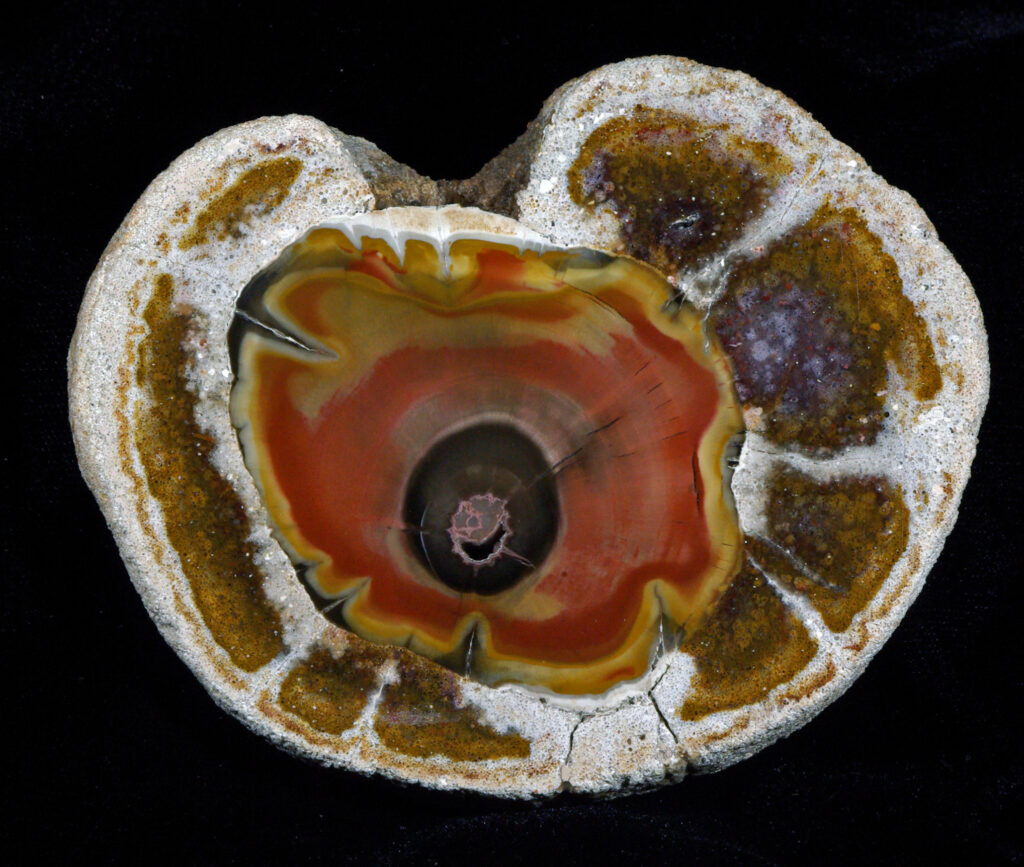
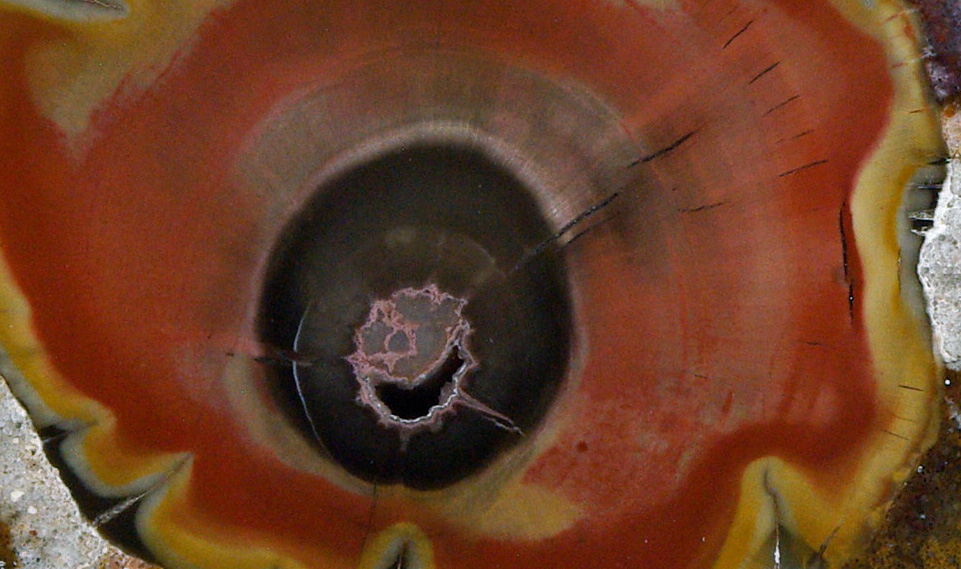
Brazil 4. Calamites in opal sand cast. Permian; Tocantins, Brazil. Appears twice on page 167 of Ancient Forests. 10.5 by 8 cm polished faces; 16 mm thick; eight ounces.
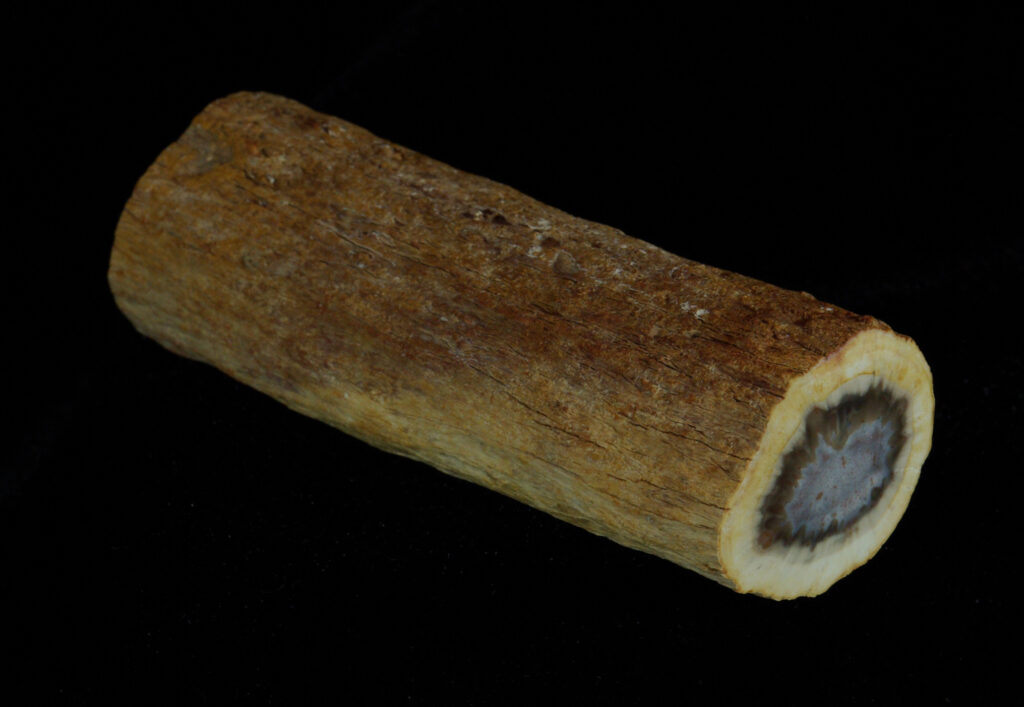
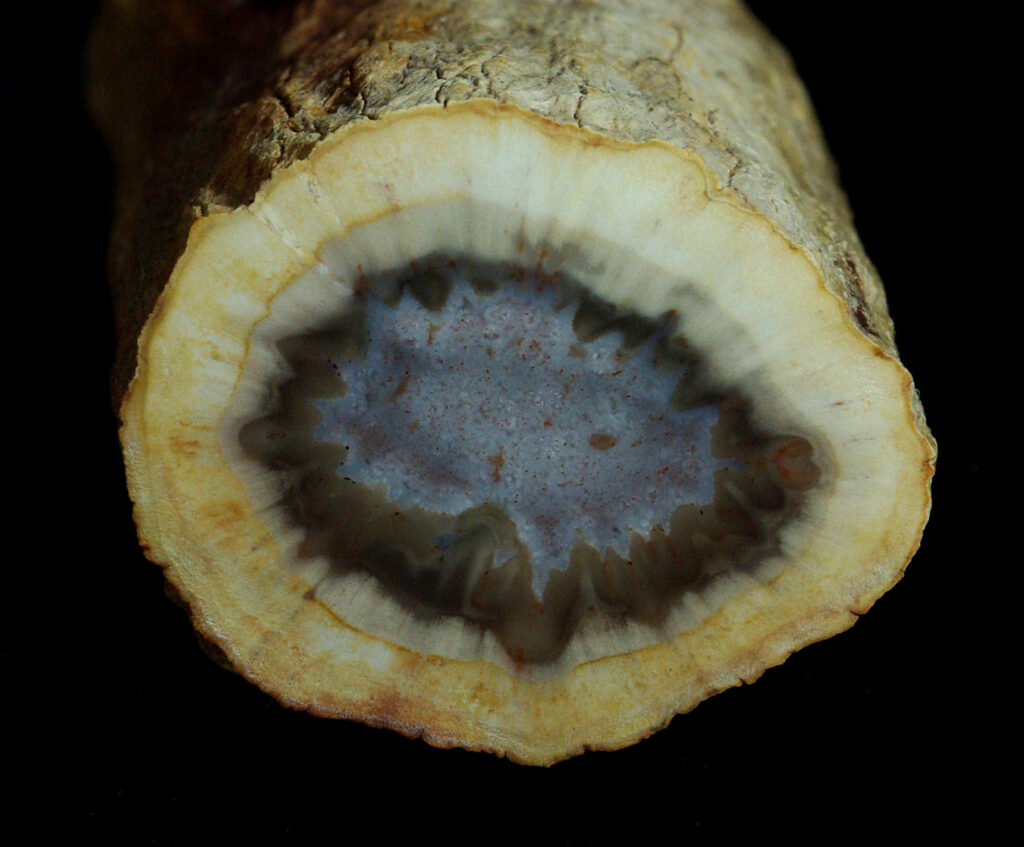
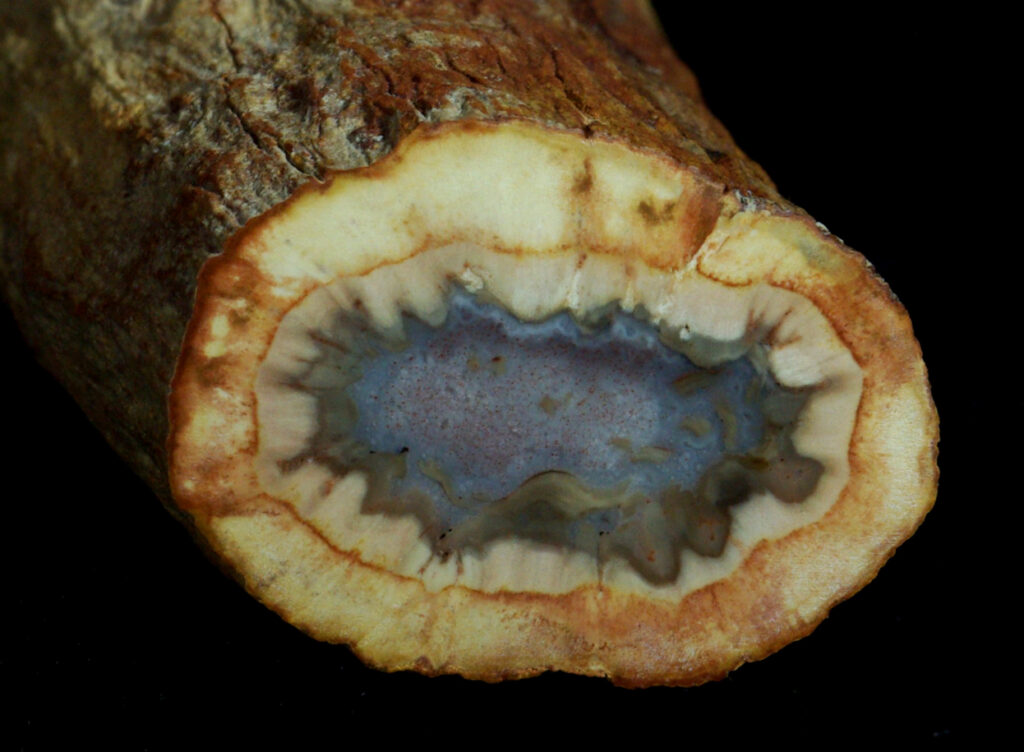
Brazil 5. Paleozoic; Permian. Araguaina. Horsetail/calamites/dadoxylon? Superbly mineralized young shoot. Full round, cut and polished on both ends. My expectation prior to the discovery of the fossil woods of Araguaina, was that all Paleozoic woods were boring black and carbonized with no silicification or color. However, the material from Araguaina is well-mineralized and beautifully colored. 22 by 30 and 27 by 32 mm polished faces; 88 mm long; four ounces.
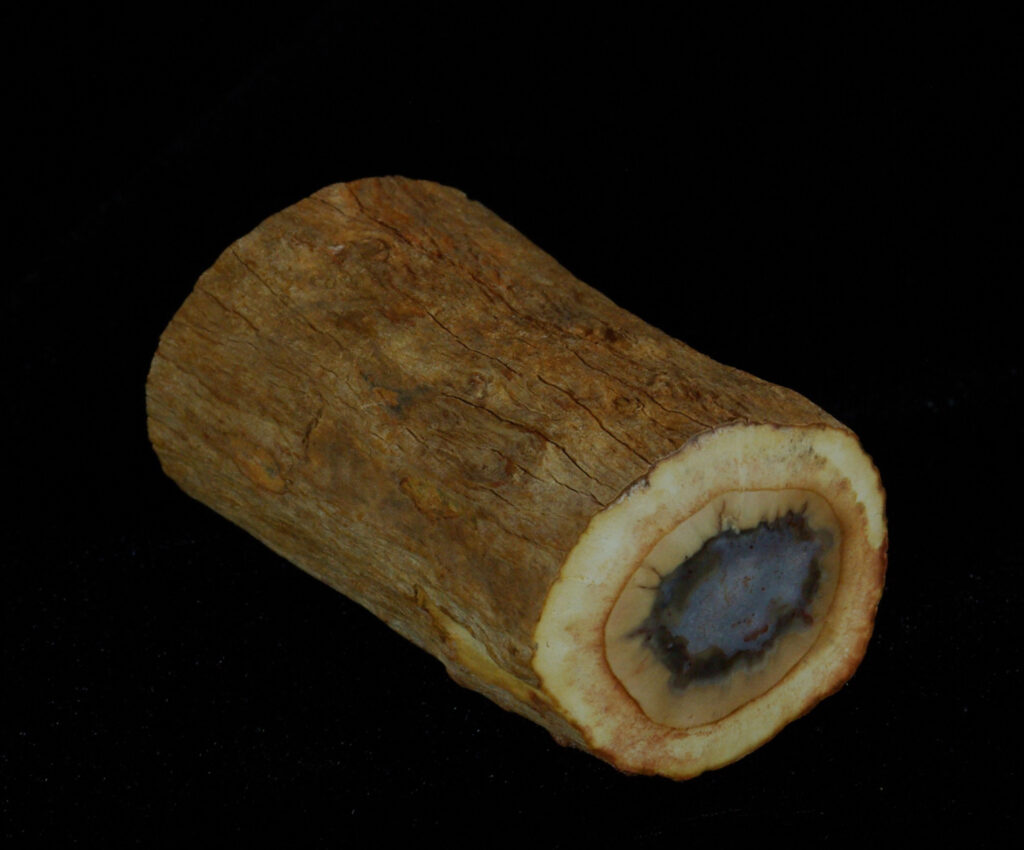
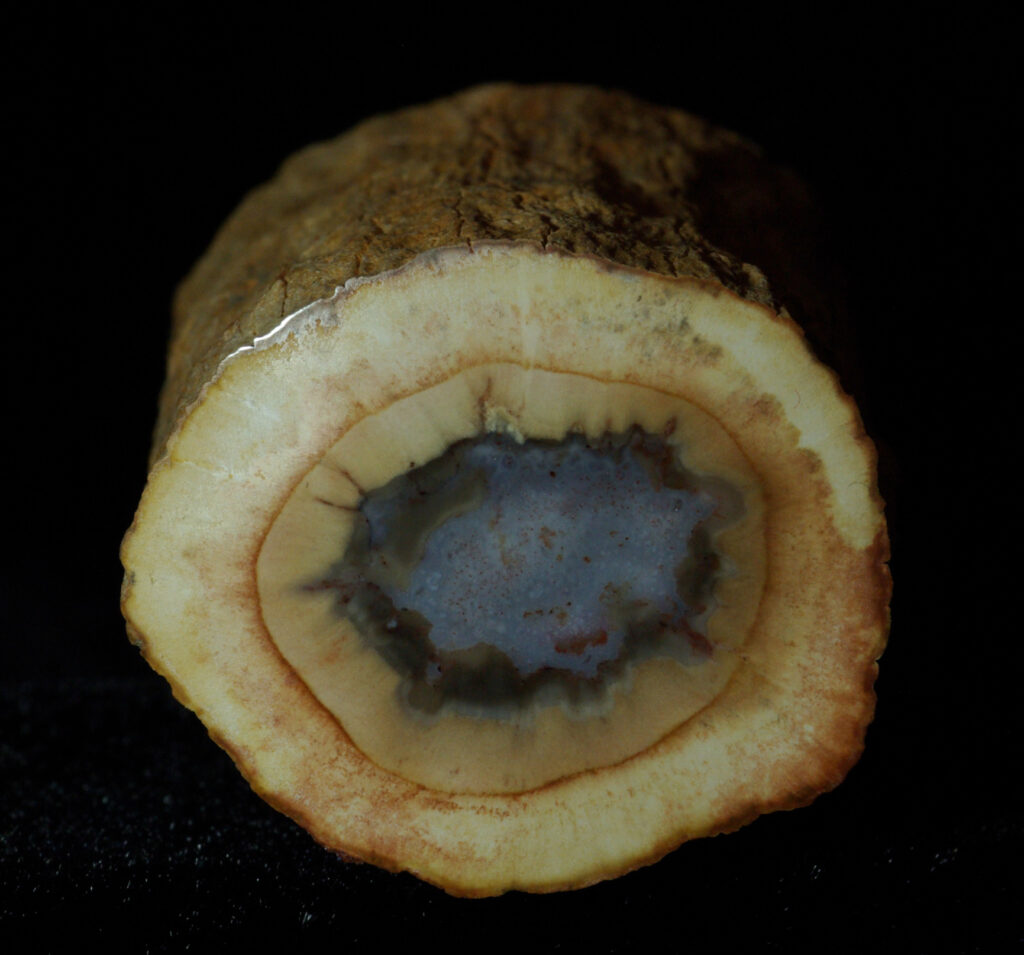
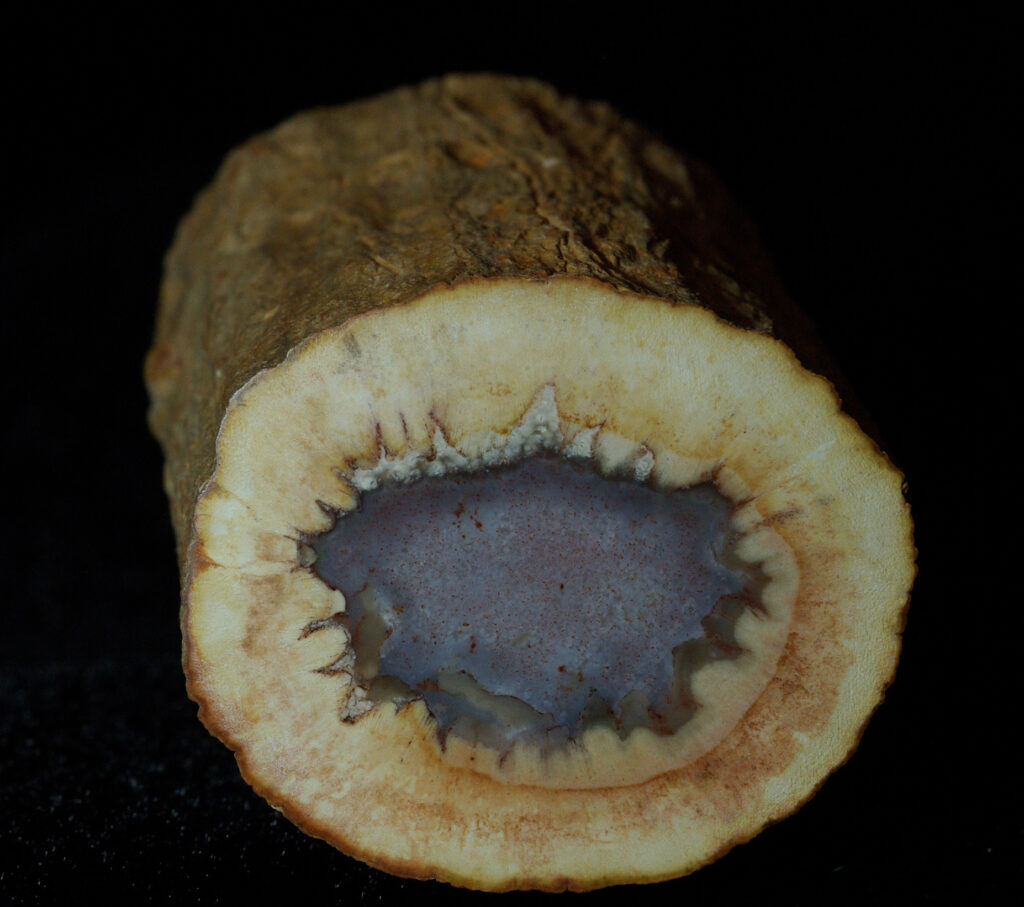
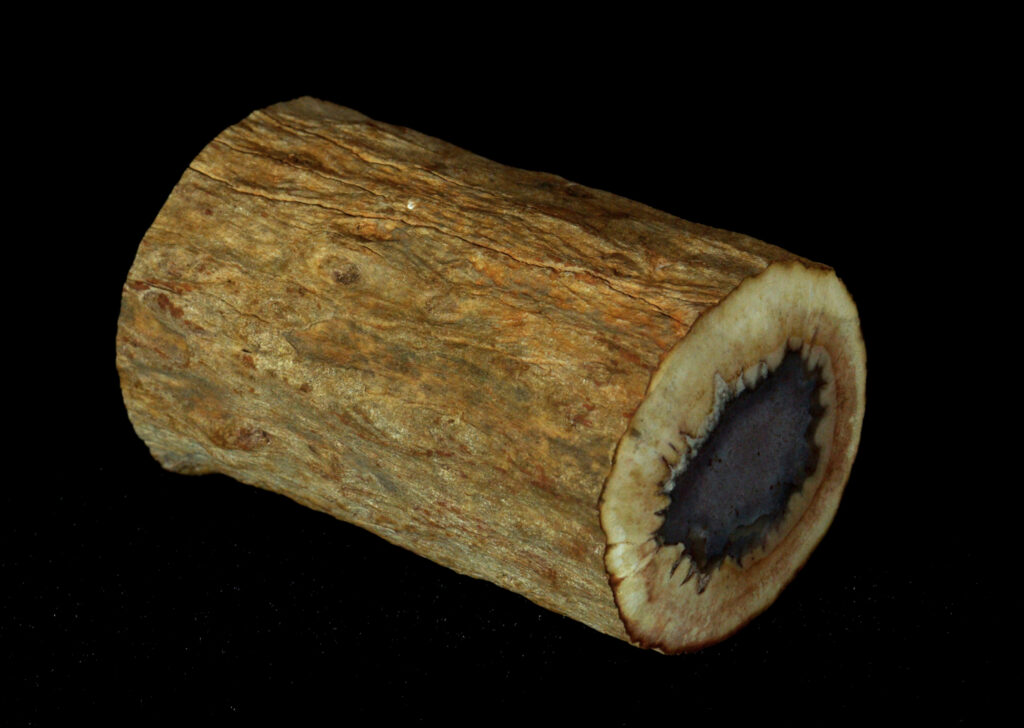
Brazil 6. Paleozoic; Permian. Araguaina. Horsetail/calamites/dadoxylon? Superbly mineralized young shoot. Full round, cut and polished on both ends. 32 by 28 and 29 by 32 mm polished faces; 50 mm long; 2.7 ounces.
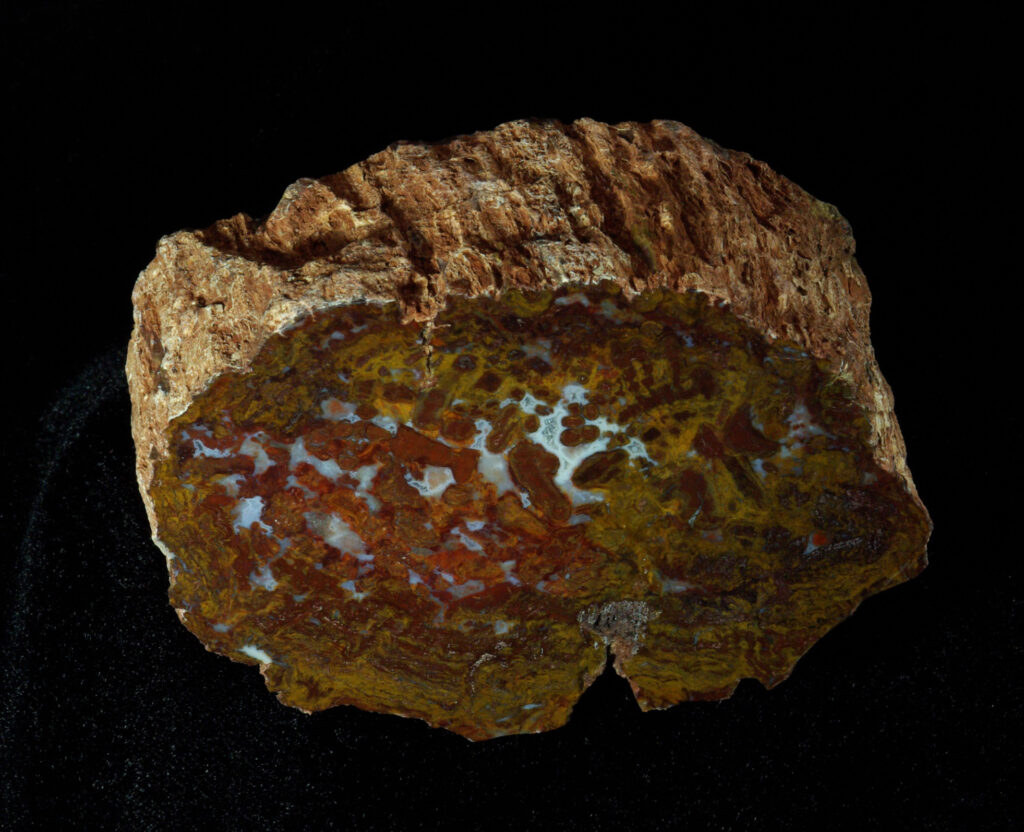
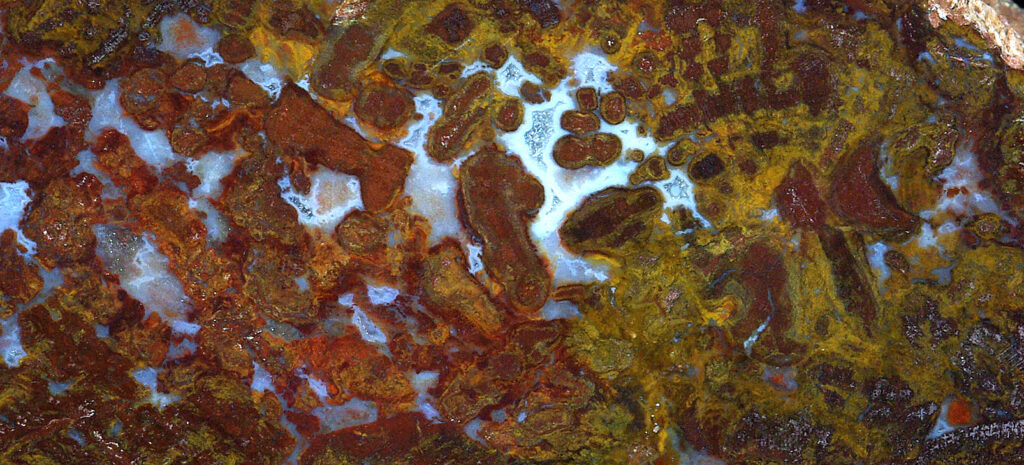
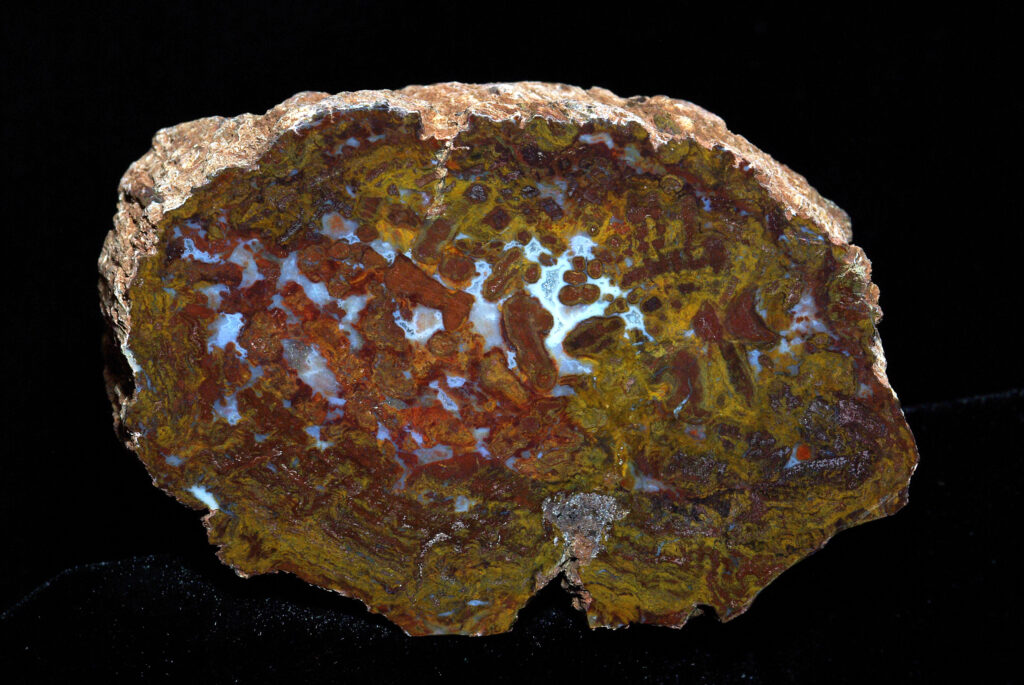
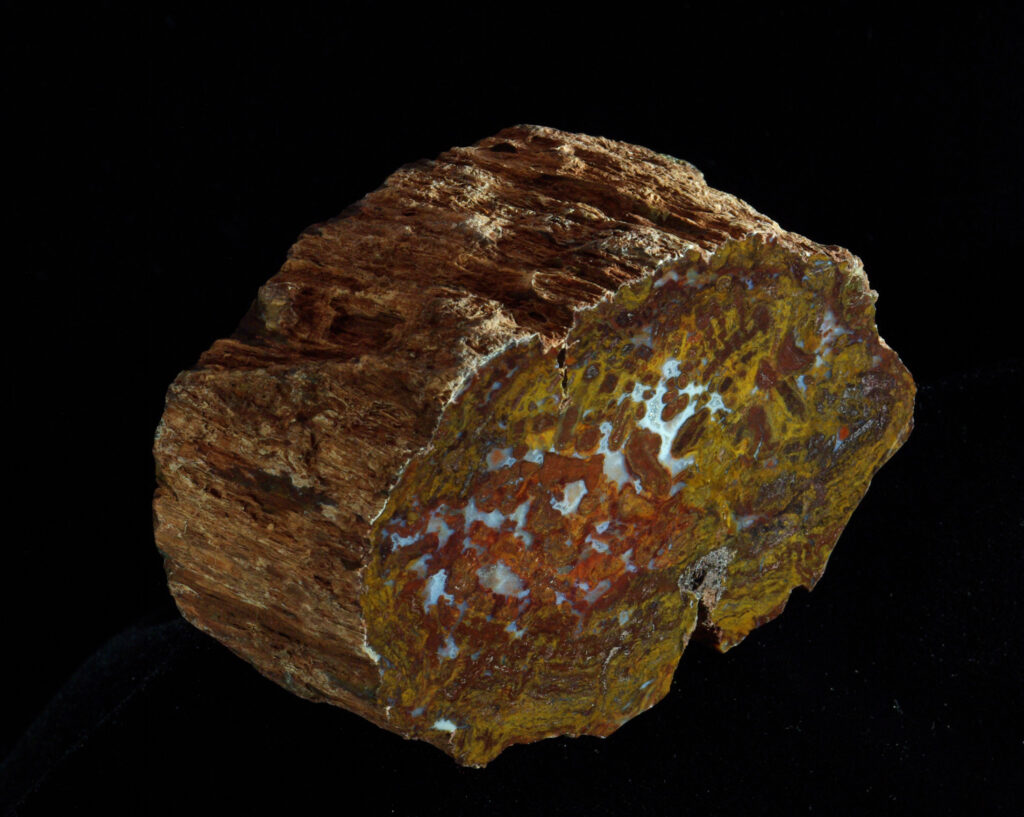
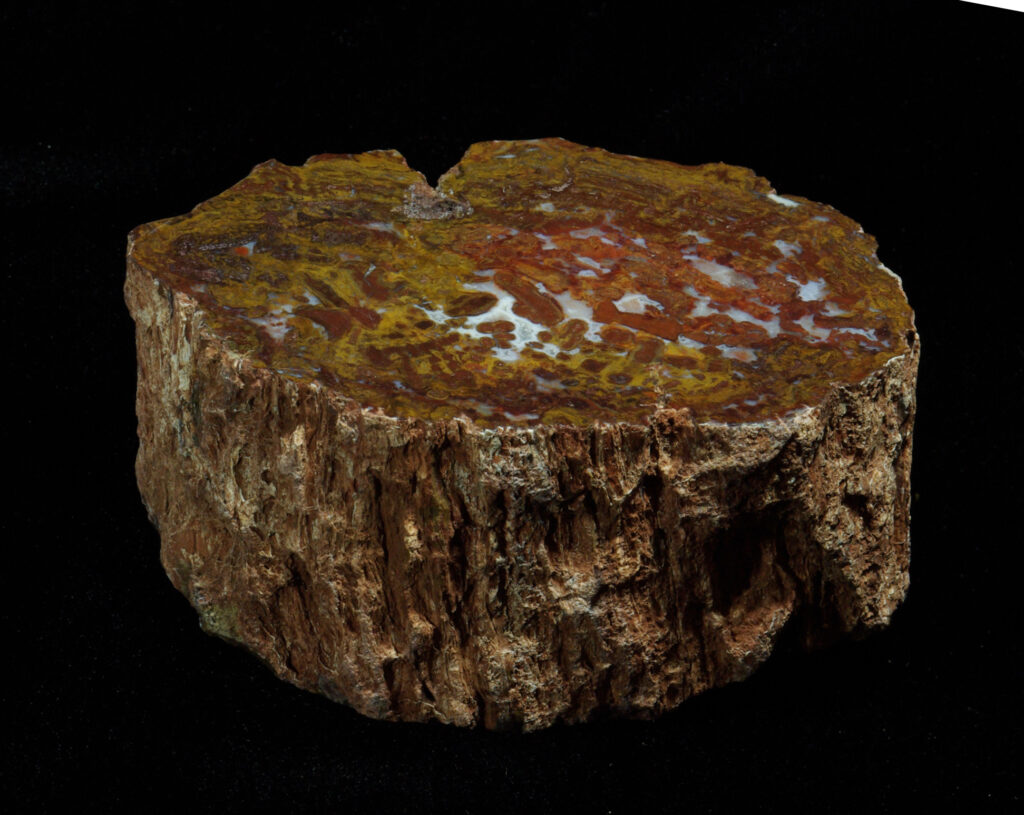
India 1. Triassic. Near Chandrapur; Maharashtra State. Full round conifer with one natural end and one cut and polished end. Beautifully mineralized. Similar in color to the best wood from the southern slopes of the Henry Mountains. Wide range of color. Beautiful agate. In my experience, very little of this material made it to the US collector market and most was fractured. 9 by 6 cm polished face; 41 mm thick; one pound and one ounce.
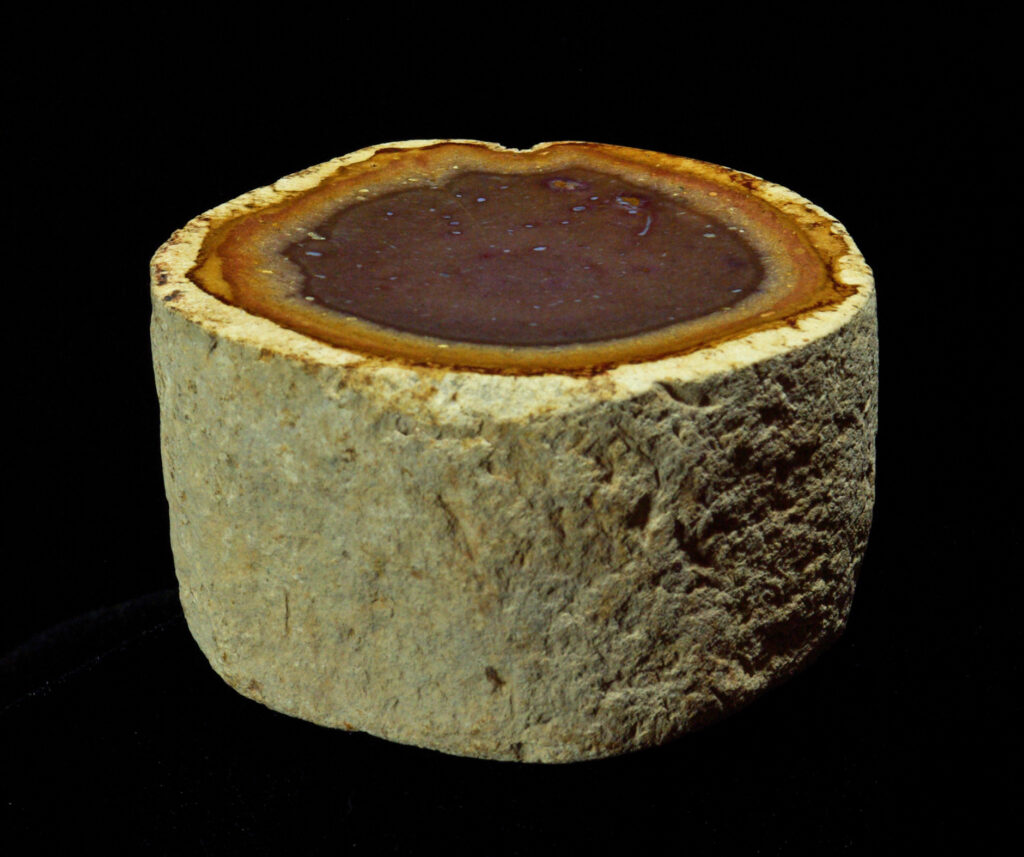
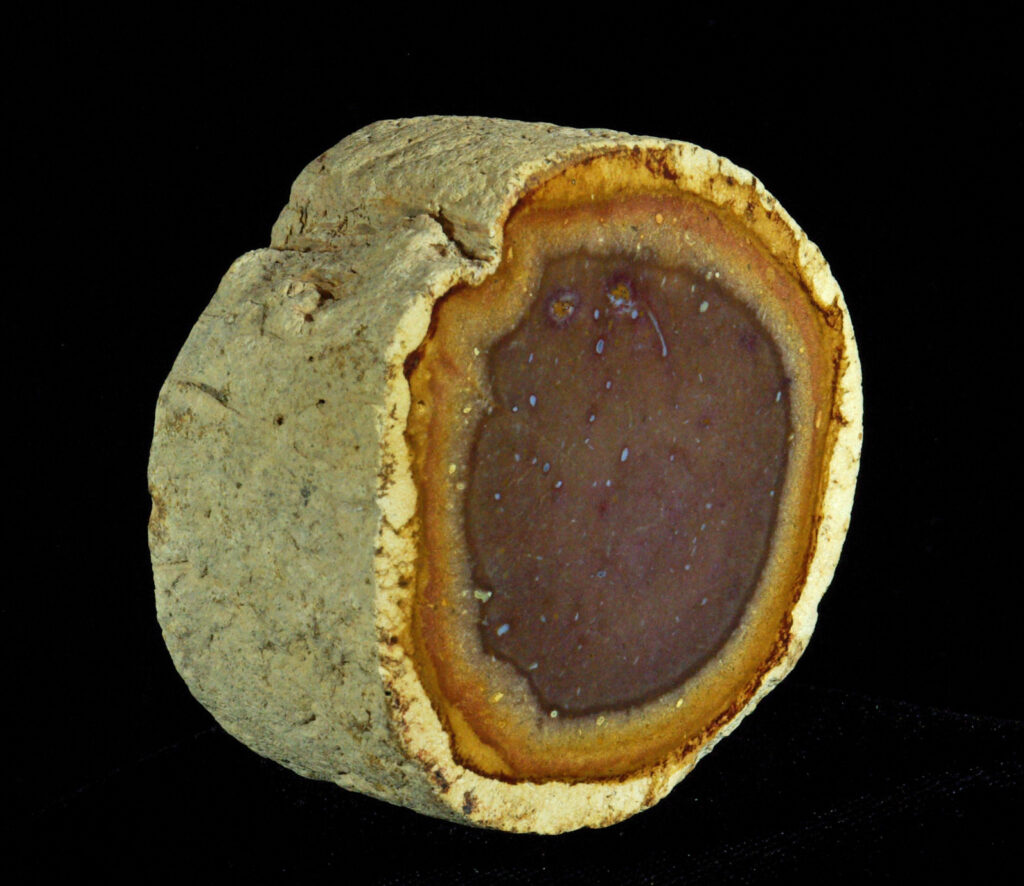
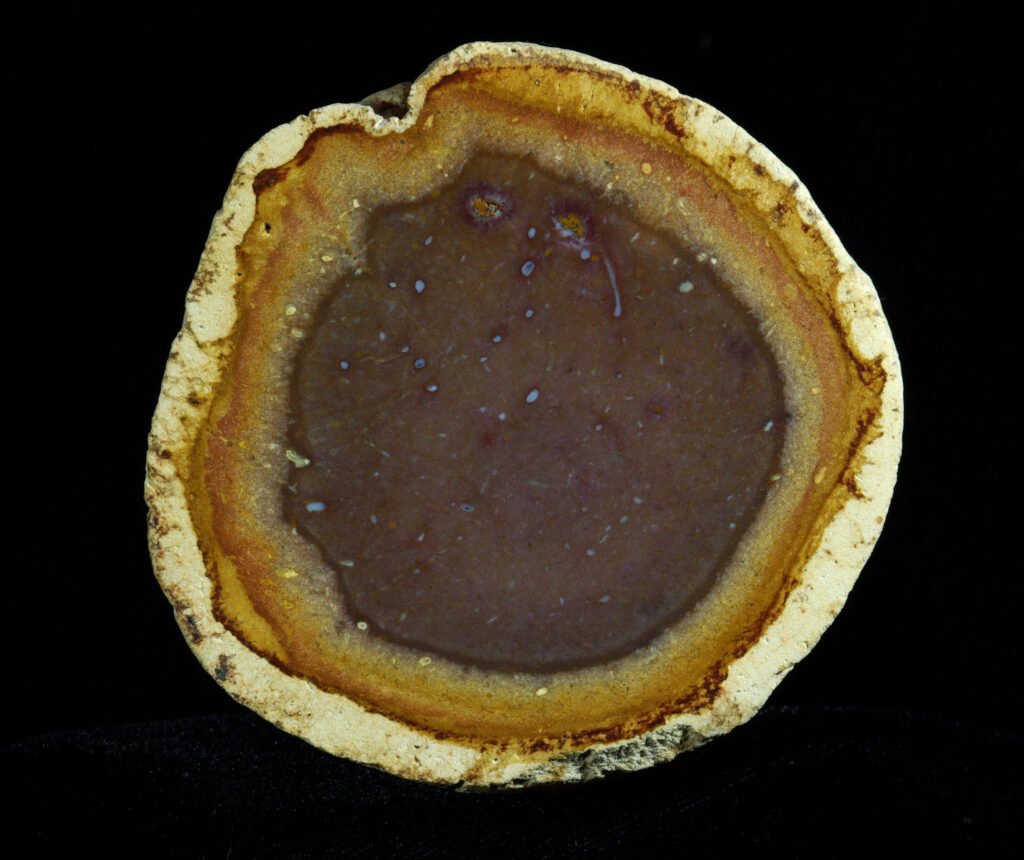
Indonesia 1. Cast. Full round, cut on one end and all otherwise encased in a thick white rind. 7.5 by 7.5 cm polished face; 41 mm thick; thirteen ounces.
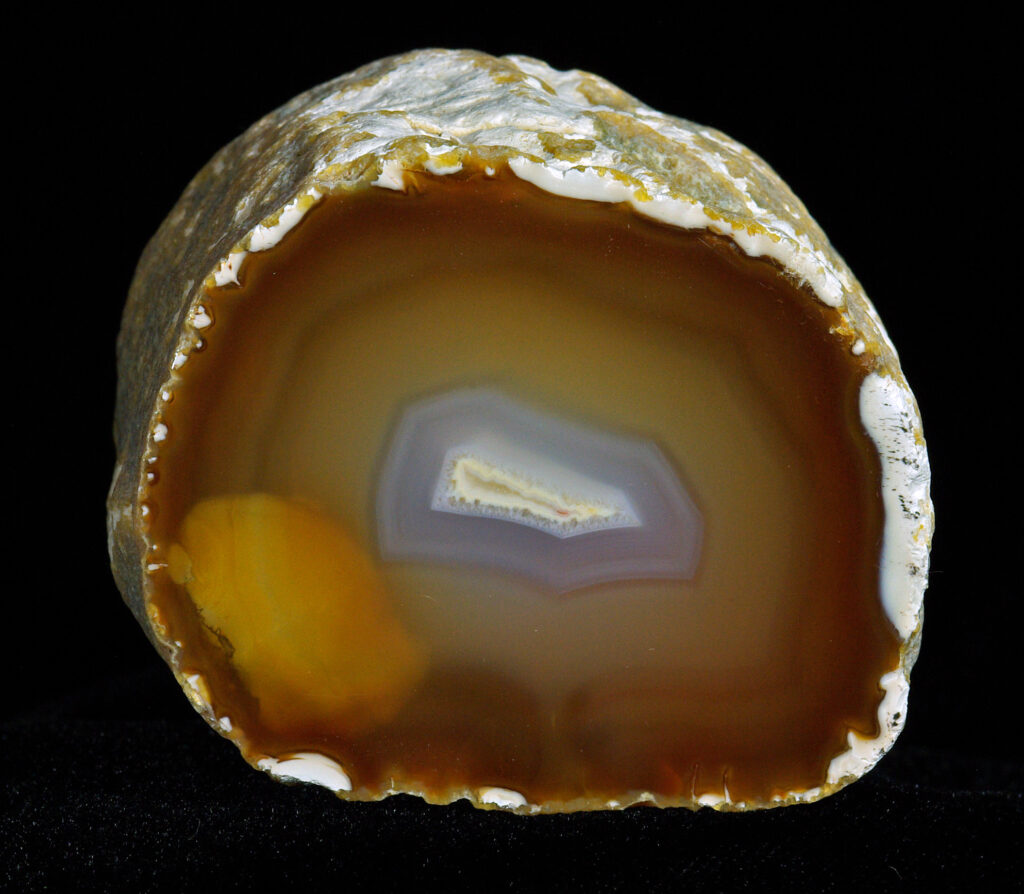
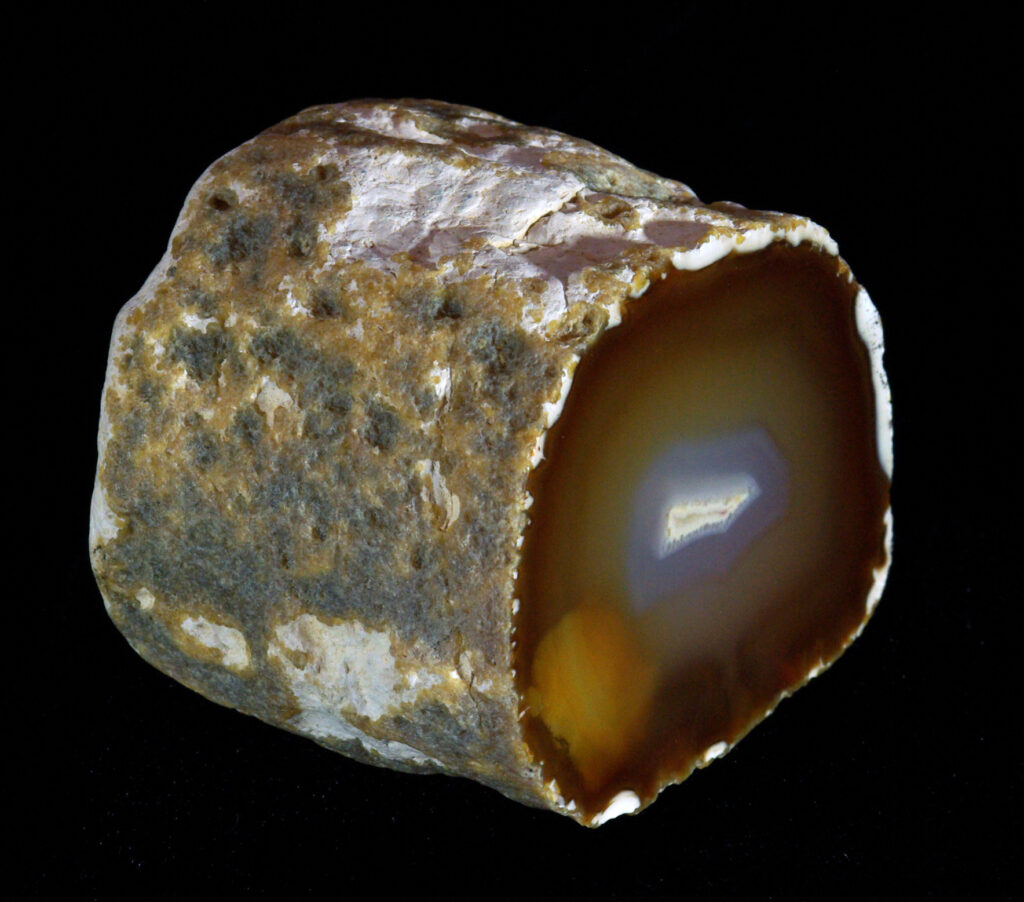
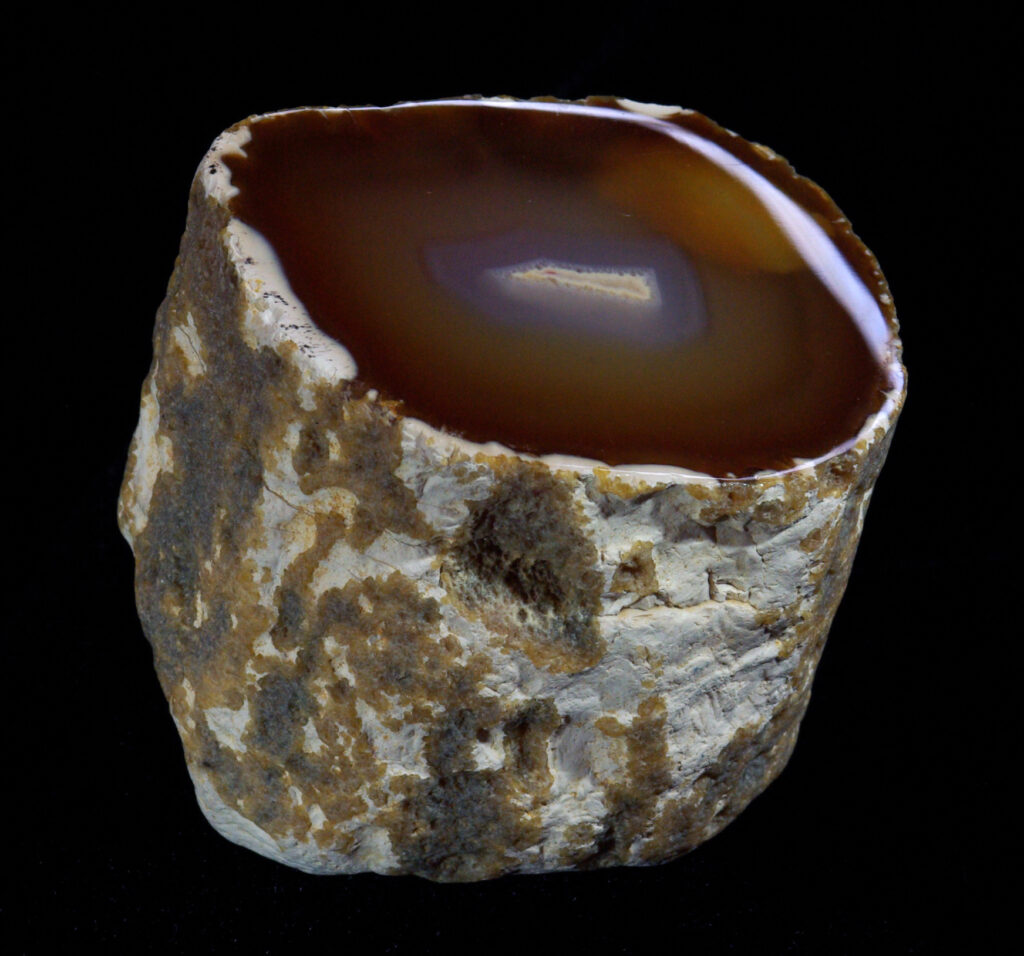
Indonesia 2. Cast. Full round, cut on one end and all otherwise all natural. 48 by 60 mm polished face; 56 mm thick; ten ounces.
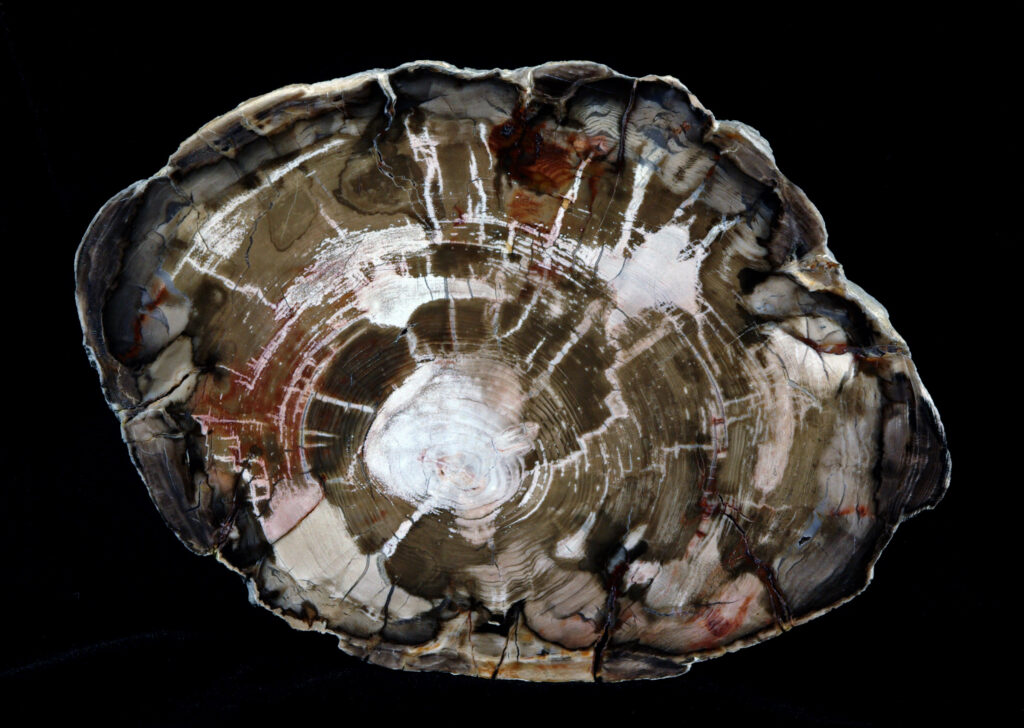
Turkey 1. Cupressinoxylon. Kizilcahaman, Turkey. Full round cross-section. Overall pink to lavender pastel hue. Cell preservation is excellent. Porcelain-like mineralization. This fantastic piece, with its well-balanced patterns and colors, has a full page in Petrified Wood on page 51. No glue or filler. 17 by 1218 mm thick; one pound and eleven ounces.
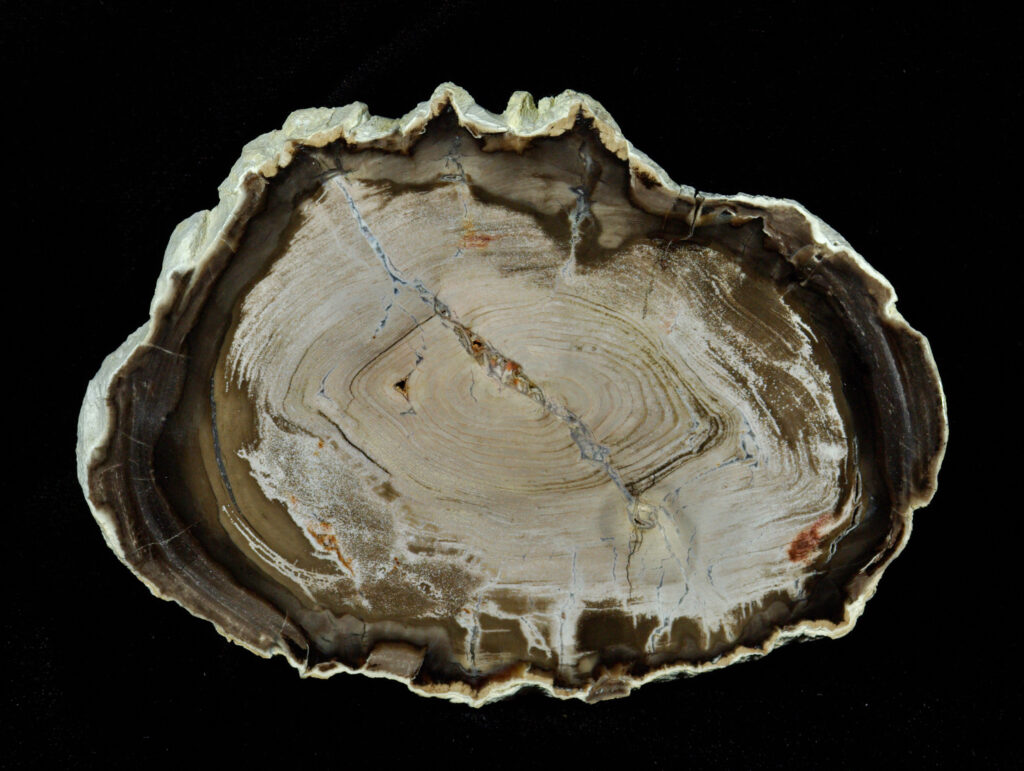
Turkey 2. Cupressinoxylon. Kizilcahaman, Turkey. Full round cross-section. Overall pink to lavender pastel hue. Cell preservation is excellent. Porcelain-like mineralization, somewhat opalized and absorbent (colors deepen when wet). 14 by 9 cm polished face; 13 mm thick; eleven ounces.
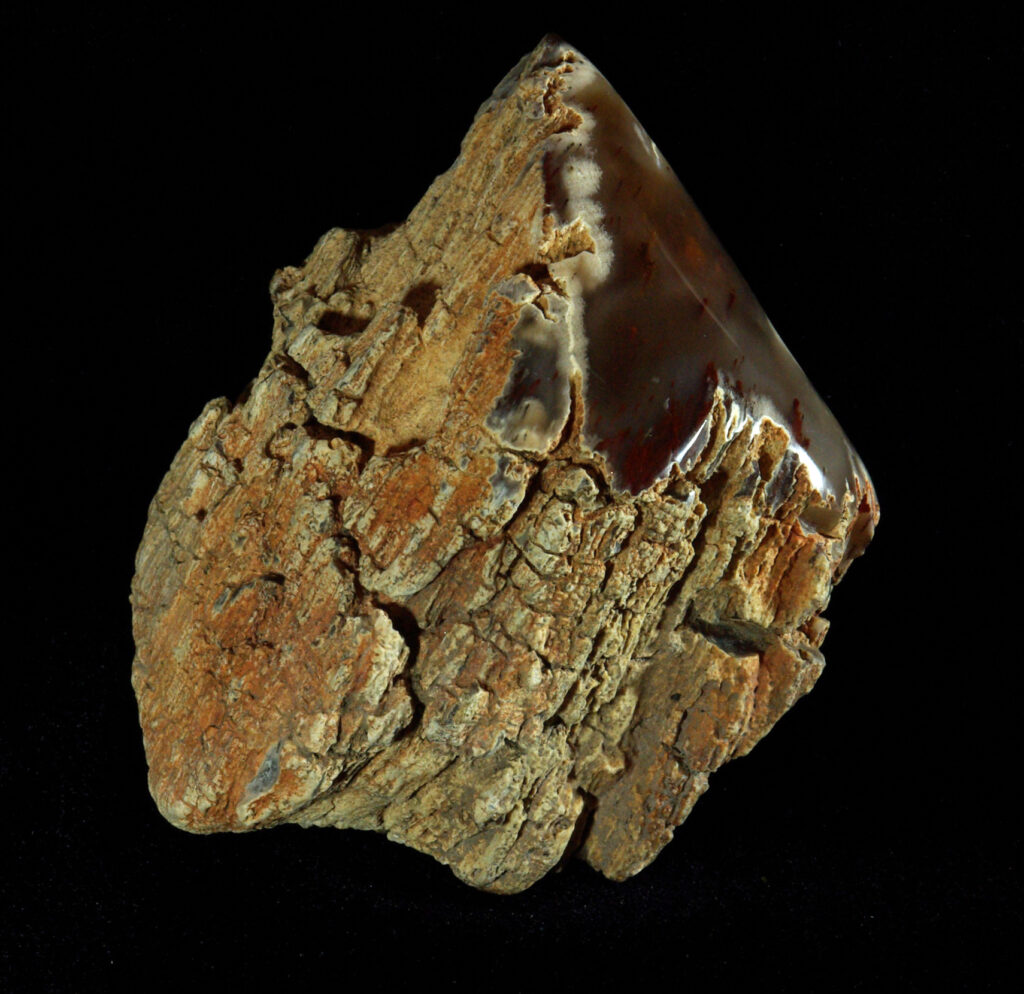
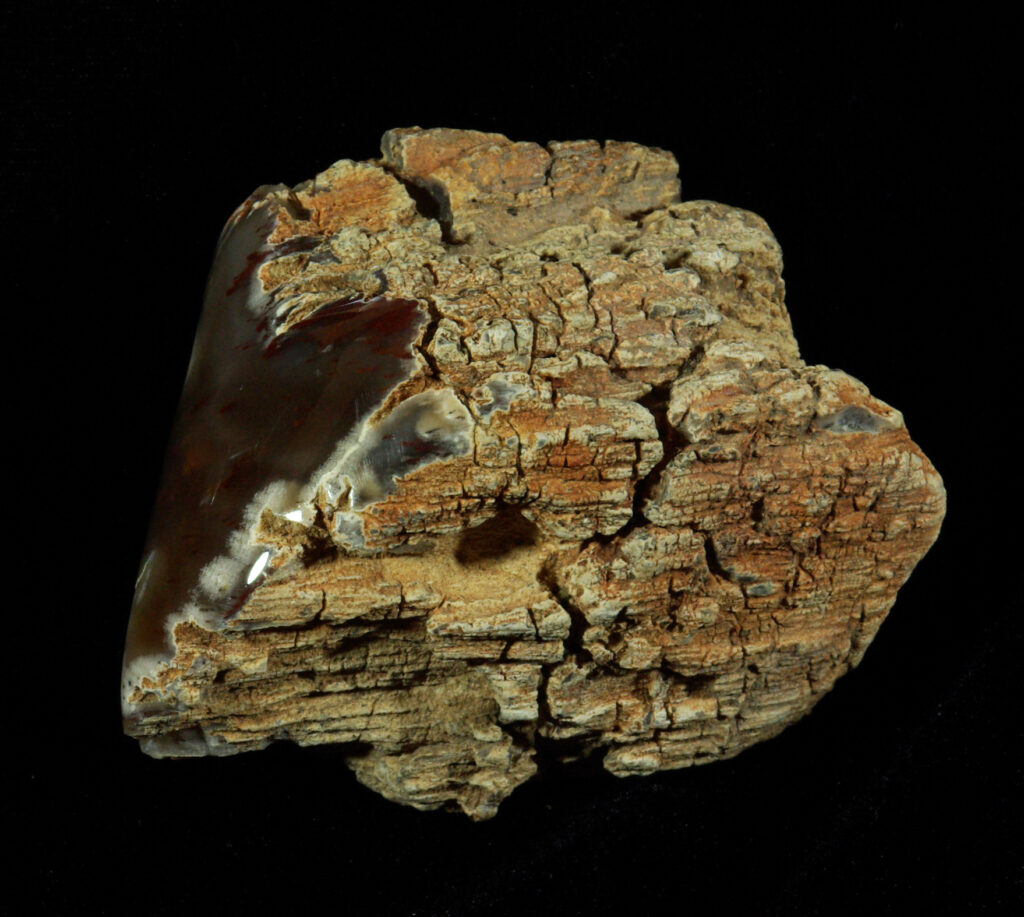
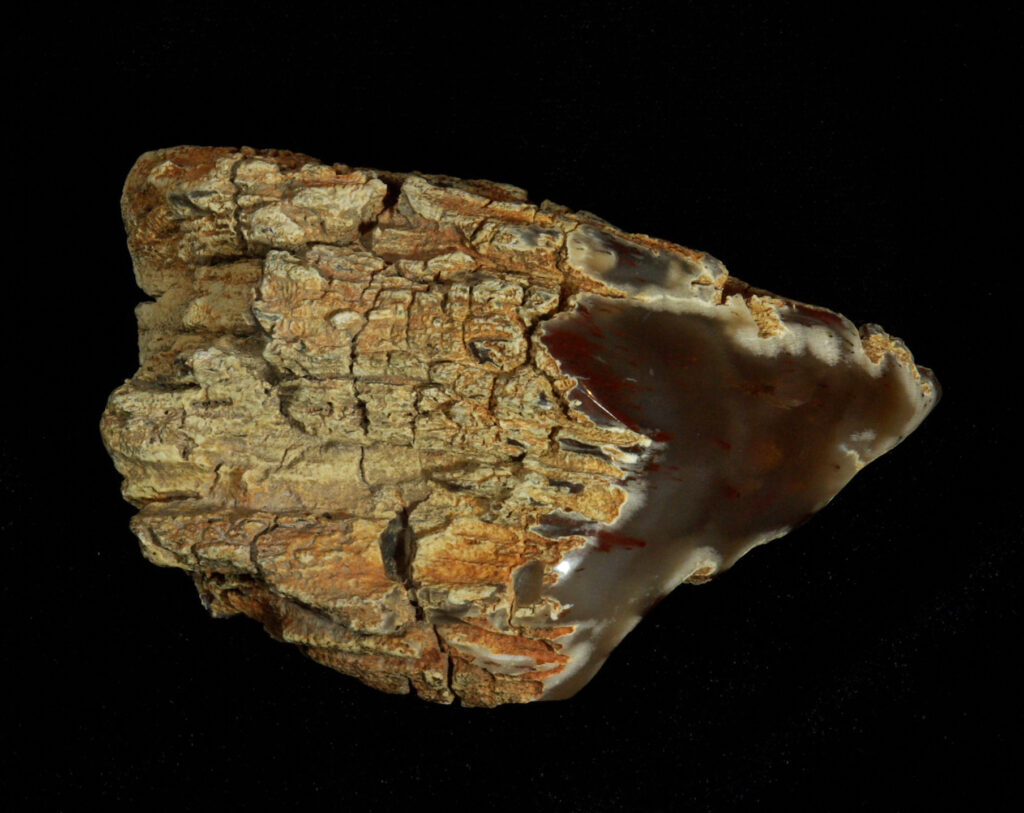
California 1. Palm Springs. Specimen round, polished on one end. Glassy. Old surface-collected piece. 3.5 by 6 cm polished face; 97 mm long; twelve ounces.
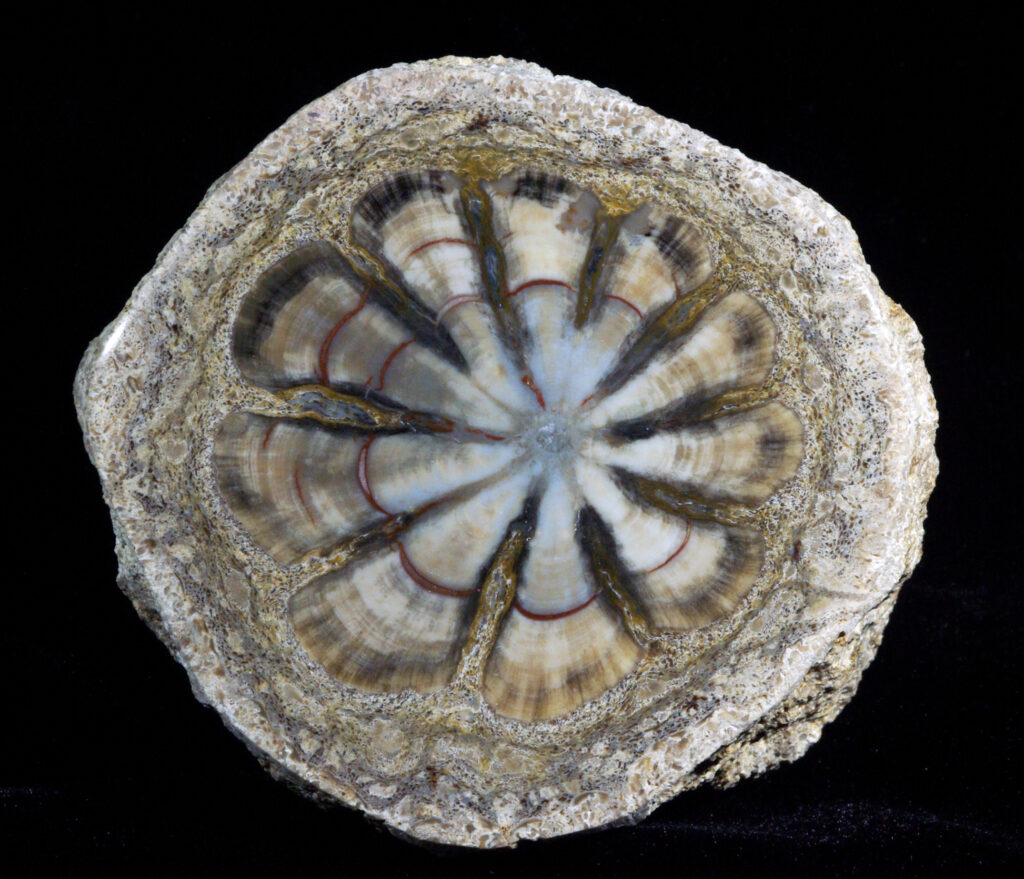
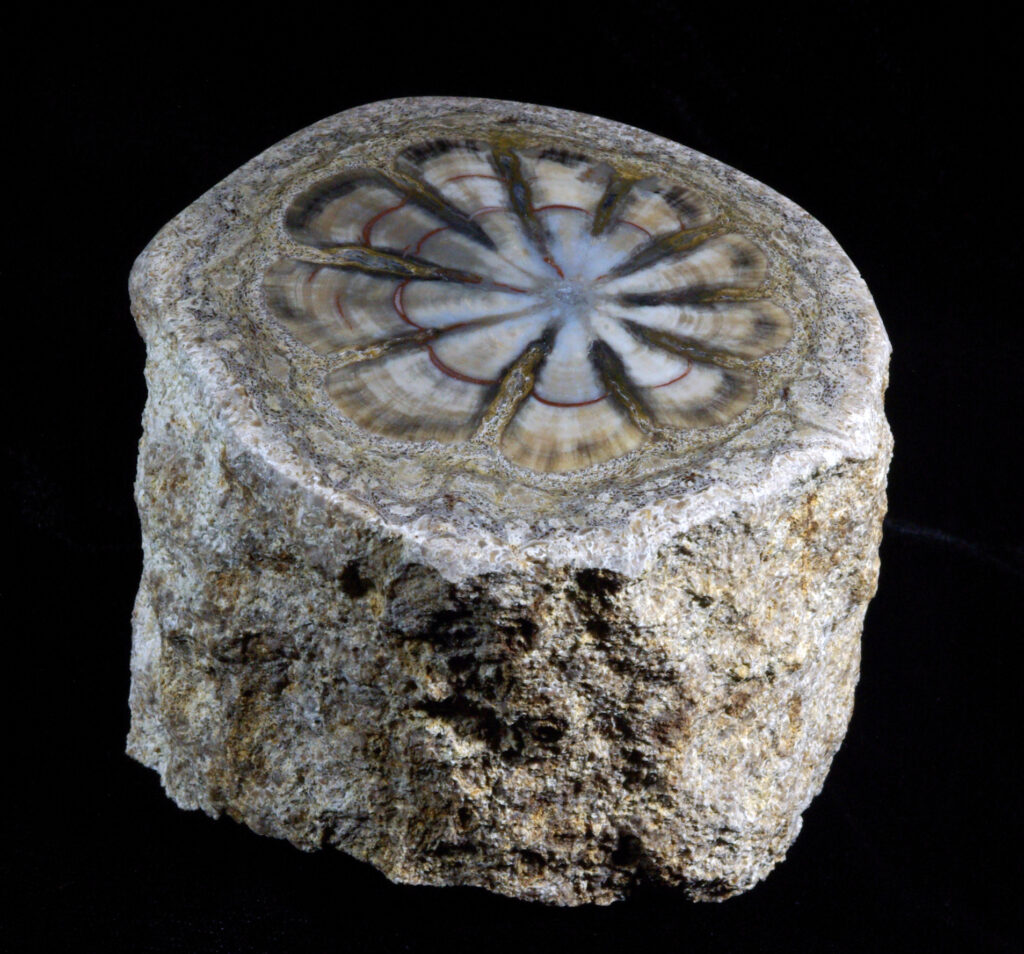
Colorado 1. Hermanophyton. Jurassic; McElmo Canyon. Colorado. This one is rarely perfect. I was near the end of the filtering process that brings the finest specimens to their final resting place in a museum collection when I acquired this specimen. The process here began with rock hunters who brought rocks to JB Sanchez’s rock shop in Cortez, Colorado, the closest town to the source of this material, and also by JB himself and his family who were avid rockhounds. I was late to the party. By the time I first visited JB’s shop in the mid-nineties, the top grade Hermanophyton was gone, and the source location in McElmo Canyon was purportedly played out and off limits. JB had stacks of Hermanophyton logs in on shelves in the back, but they were well-picked over. As with fossil wood almost everywhere, most was fractured or/and otherwise imperfect. Over the years, JB likely bought and sold more than anyone in history. He had a good eye for jewelry grade material and kept his best pieces in his collection. When he traveled to gem and mineral shows as a jeweler, which he did frequently, he brought his Hermanophyton collection to put on display. It was not for sale. His case held some of the finest specimens ever found. After JB passed away, I bought that set. This particular piece was the most perfect of those twelve specimens. It is glassy and flawless with a fabulous, nicely colored, flowerlike pattern. One in a million. Appears in Petrified Wood on page 154. 82 by 86 mm polished face; seven centimeters tall; one pound and thirteen ounces.
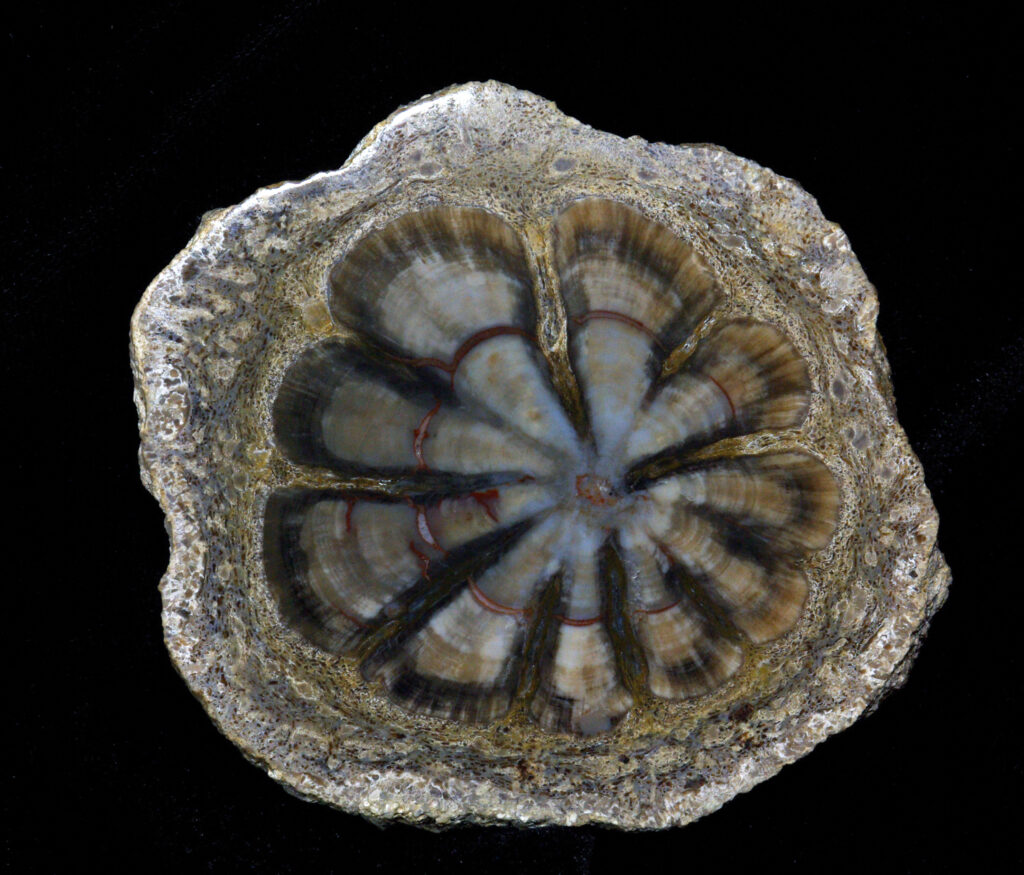
Colorado 2. Hermanophyton. Jurassic; McElmo Canyon. Full round slice. Rare perfection. Appears in Petrified Wood at page 154. 87 by 75 mm polished face; 9 mm thick. 3.7 ounces.
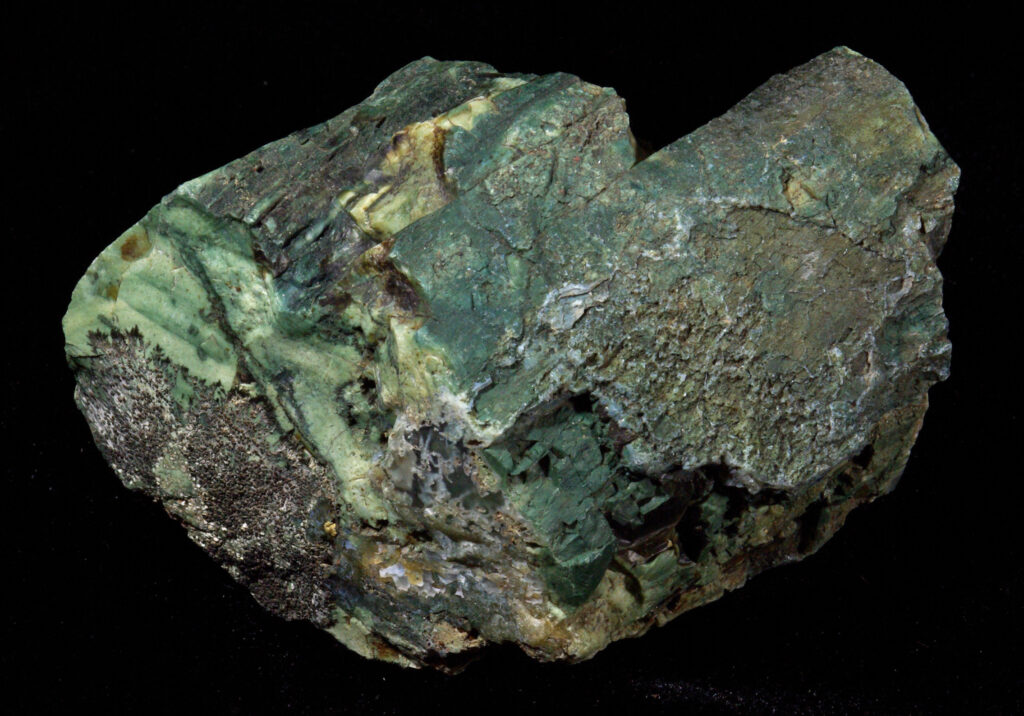
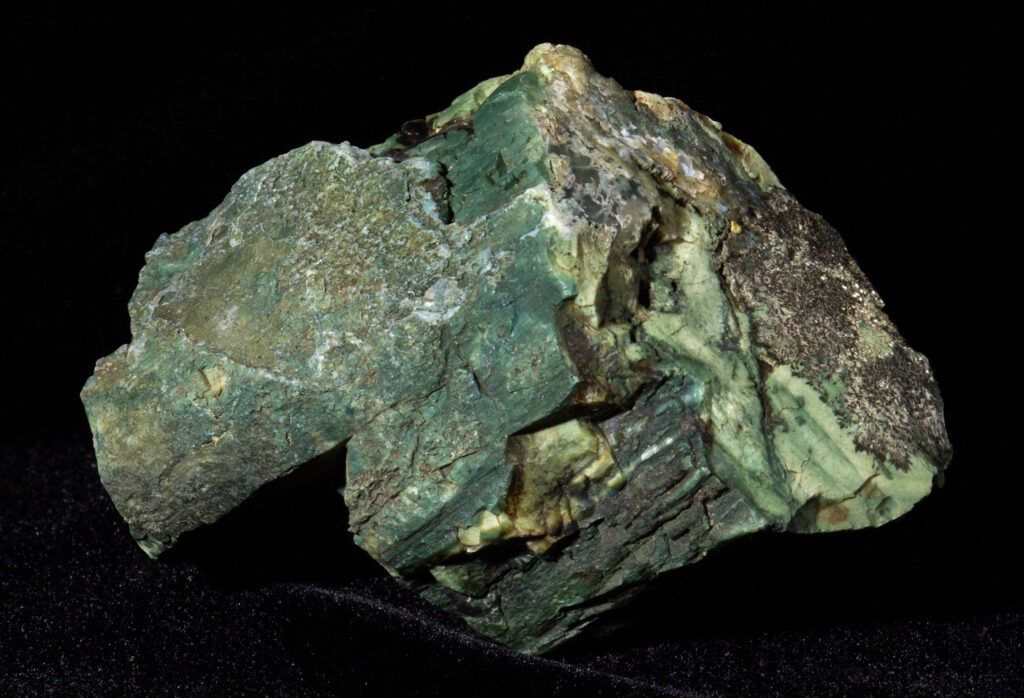
Montana 1. Tom Miner Basin. Tertiary. As found green conifer. We used a sample of Tom Miner wood from this location for the green wood test in Ancient Forests. This specimen figures on page 316. 8.5 by 6.5 by 9.5 cm long; one pound and five ounces.
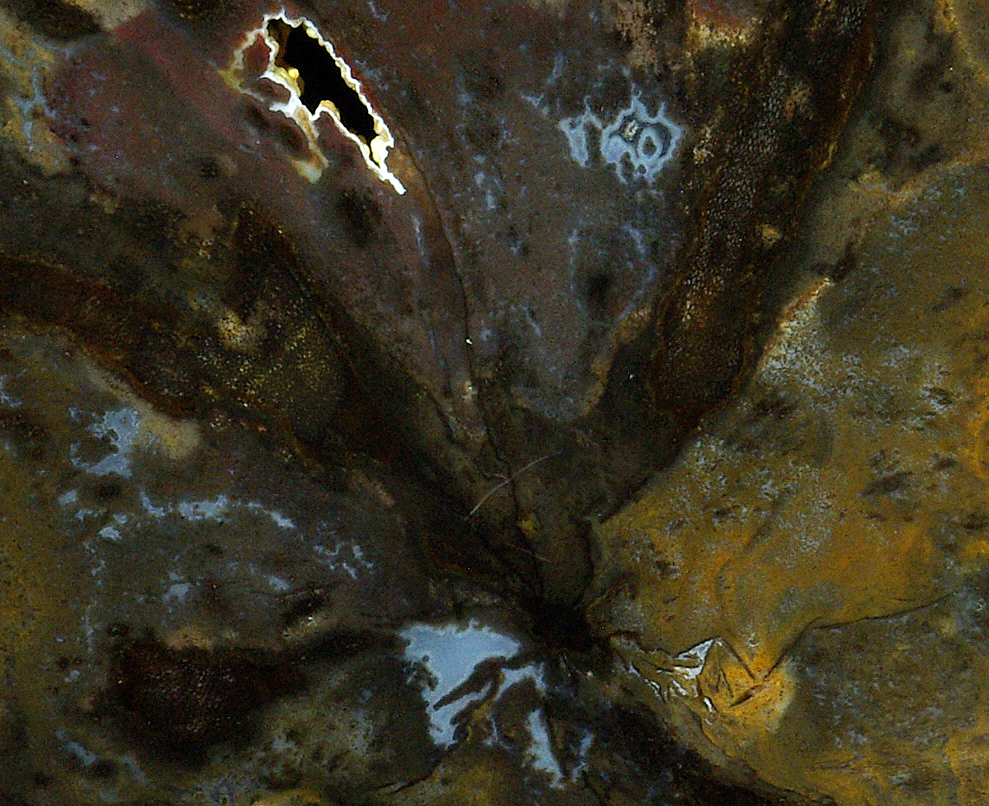
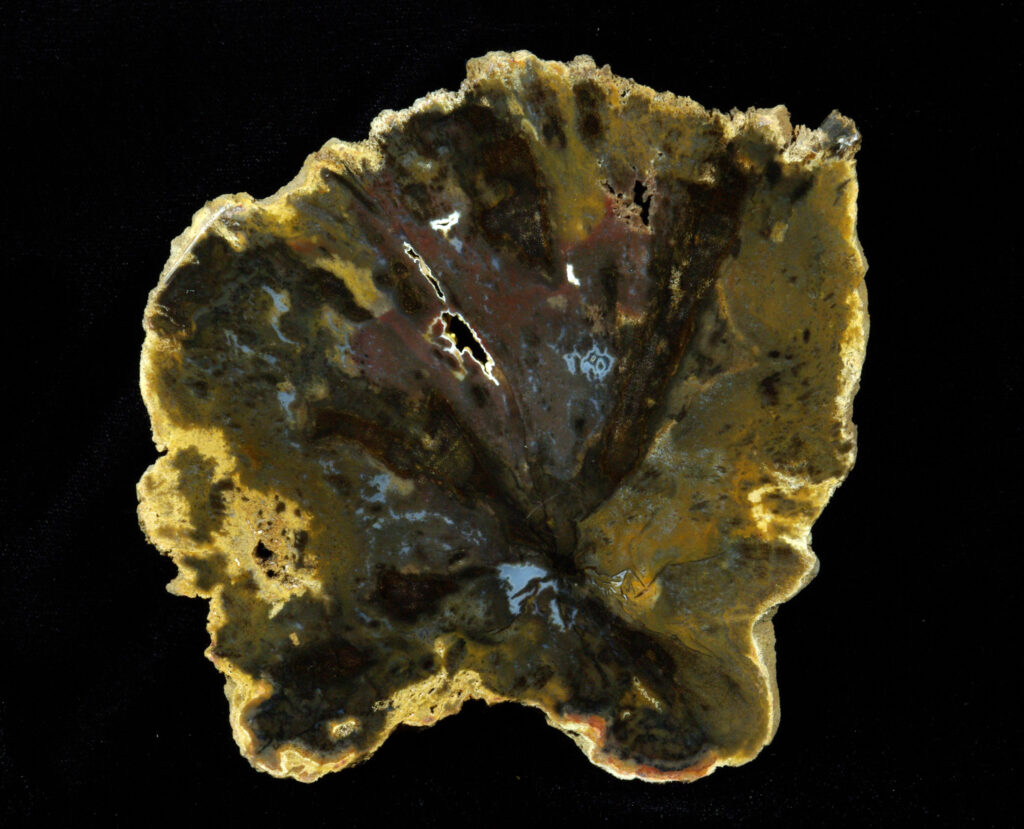
New Mexico 1. Near Cuba. Tertiary. Full round slice. Beautifully preserved cell structures similar to tropical hardwoods. 14.5 by 12.5 cm polished face; 9 mm thick; nine ounces.
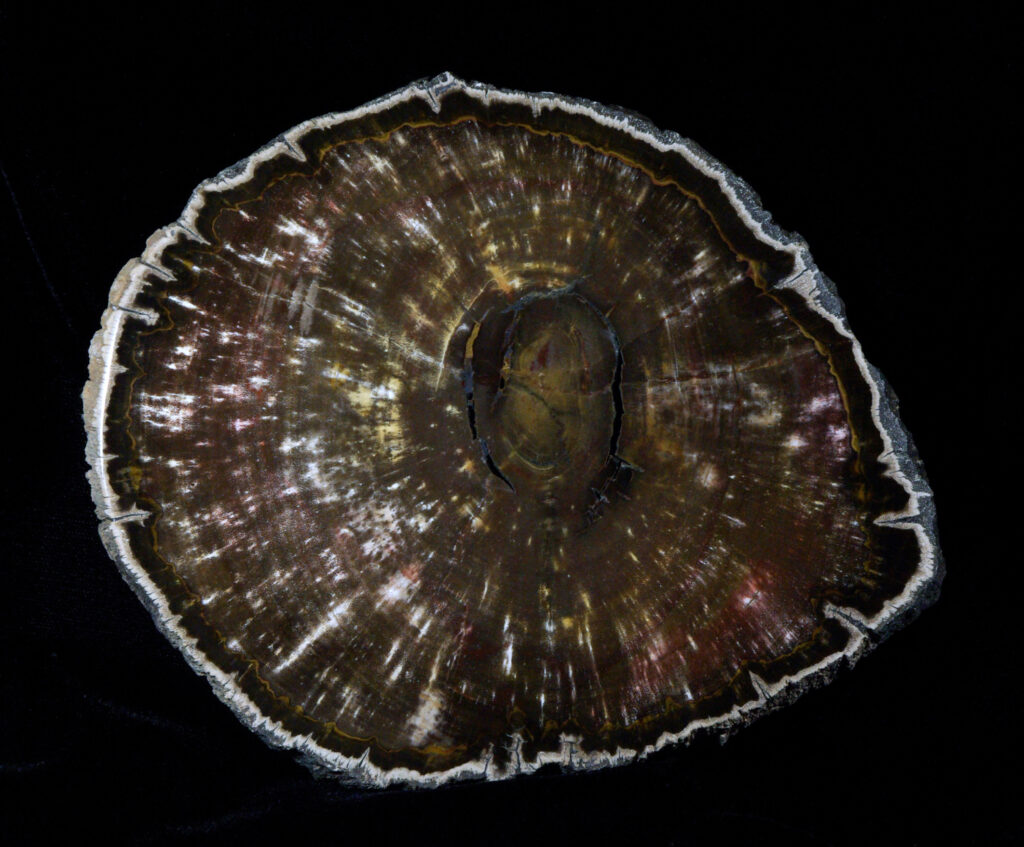
New Mexico 2. New Mexico, USA. Near Cuba. Tertiary. Full round slice. Beautifully preserved cell structures similar to tropical hardwoods. No glue or filler. 15 by 13 cm polished face; 14 mm thick; one pound and two ounces.
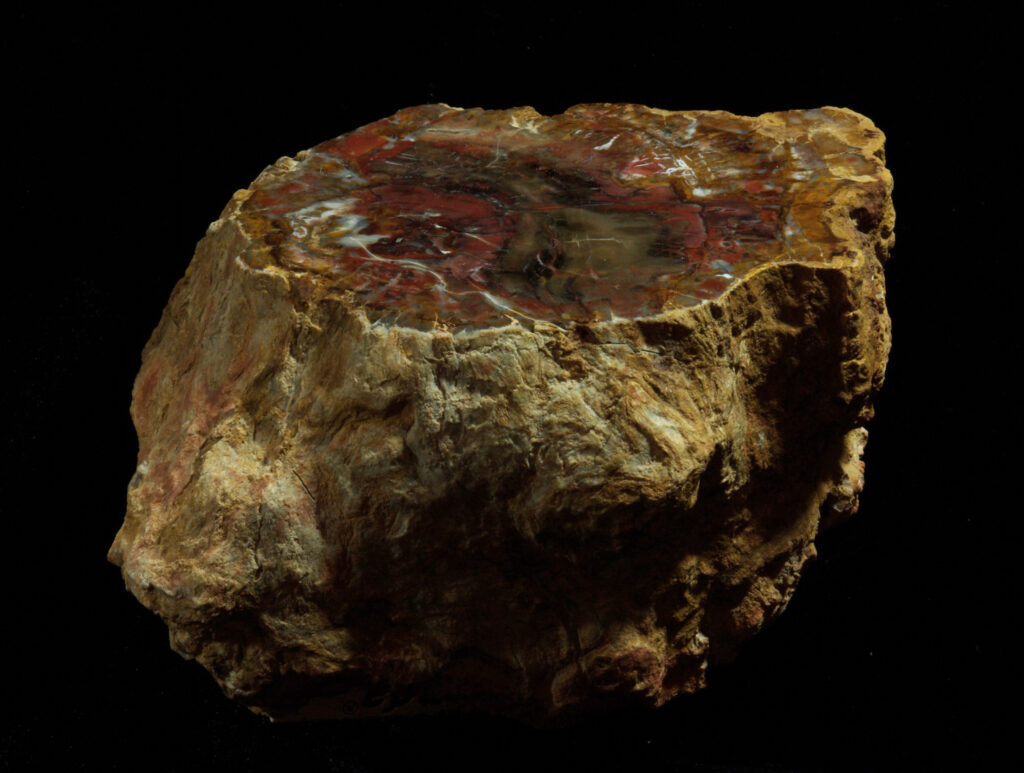
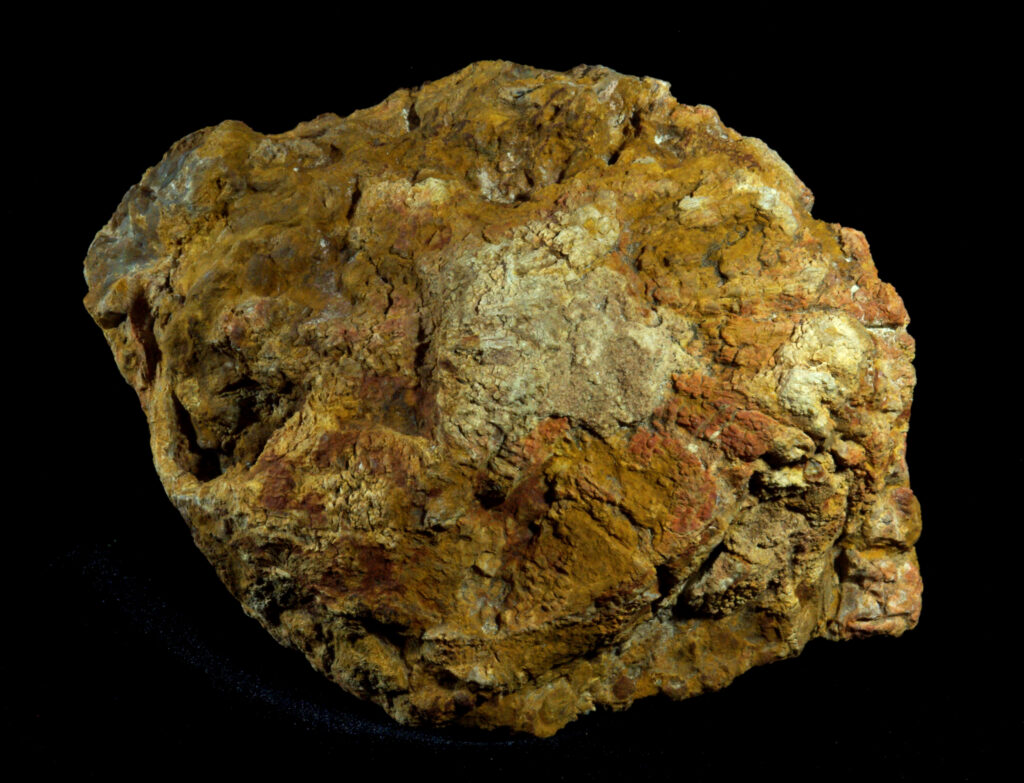
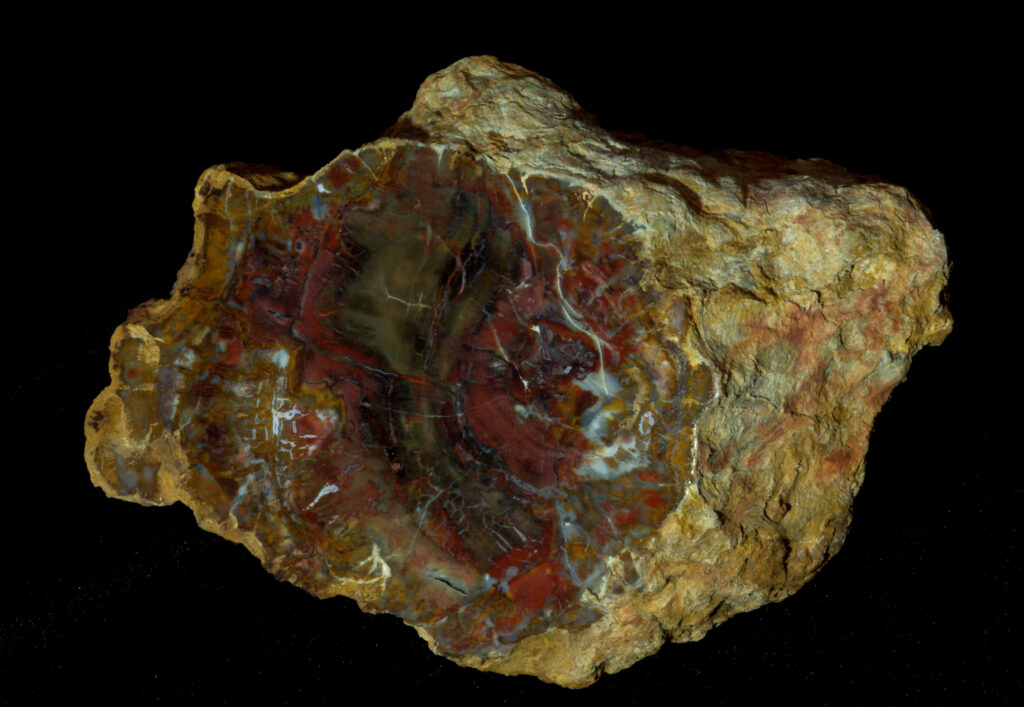
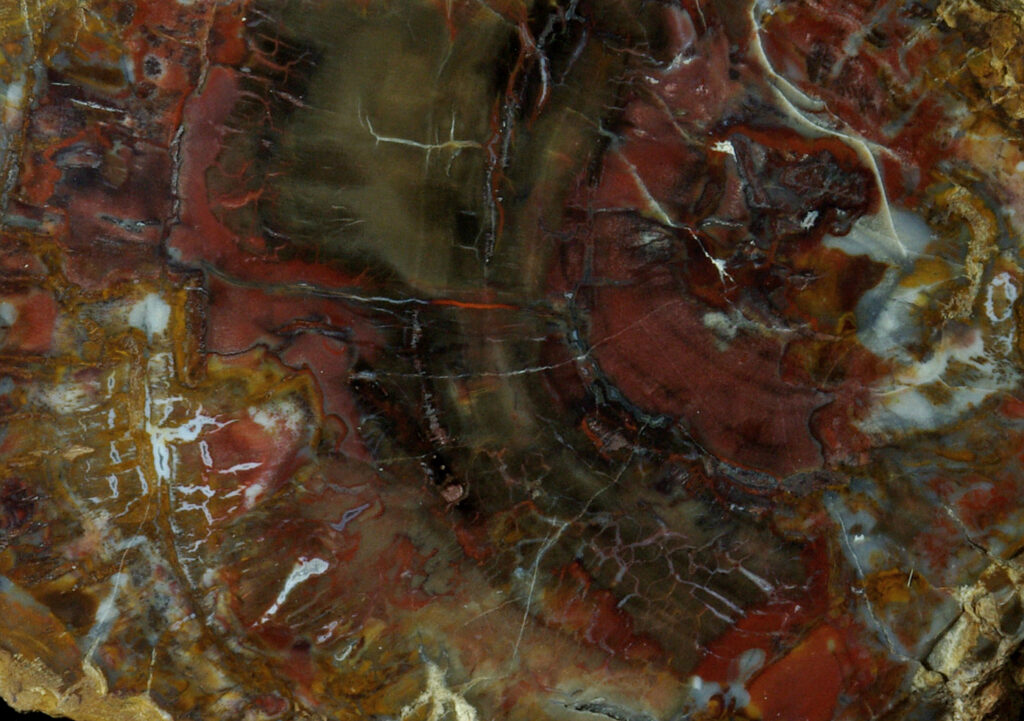
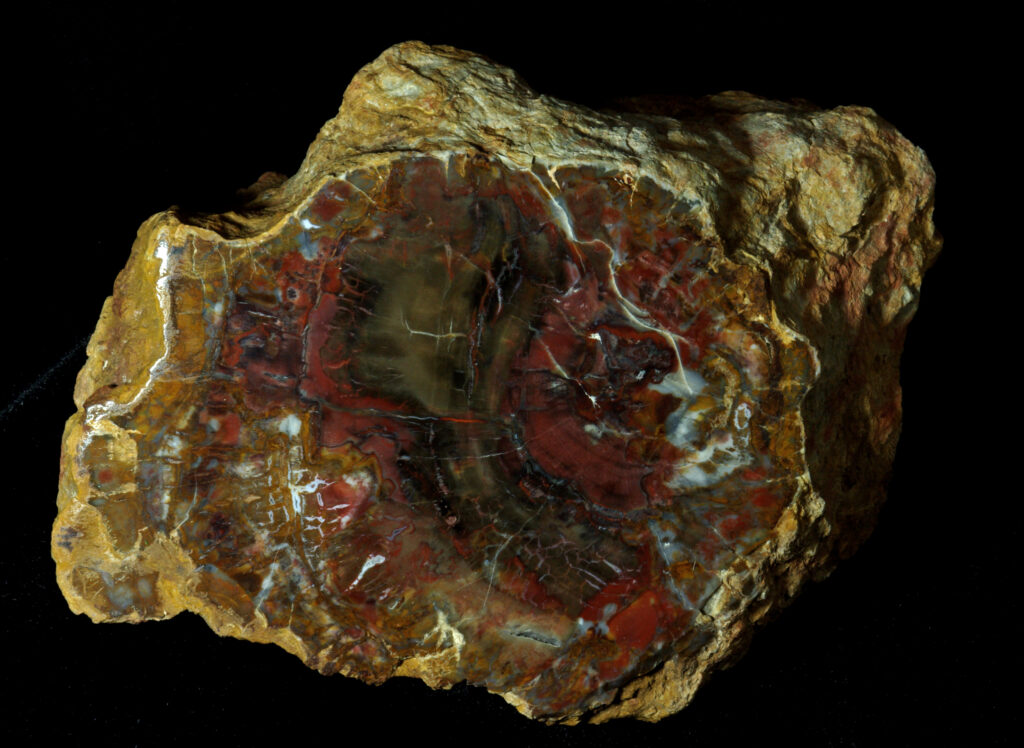
Texas 1. Somewhere along the Colorado River (Yes, there’s one in Texas too.) Mesozoic conifer. Full round log end that appears to be the base of the tree including root protuberances. All natural but for the cut and polished colorful face. Well-preserved cell structures. 11 by 13 cm polished face. 8 cm tall; four pounds and one ounce.
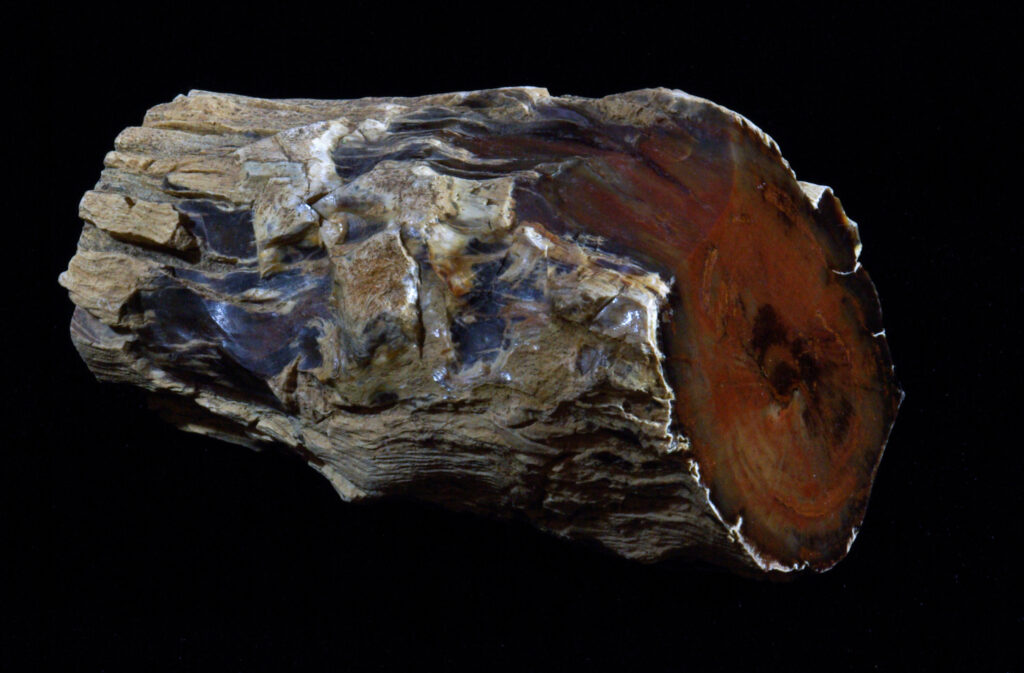
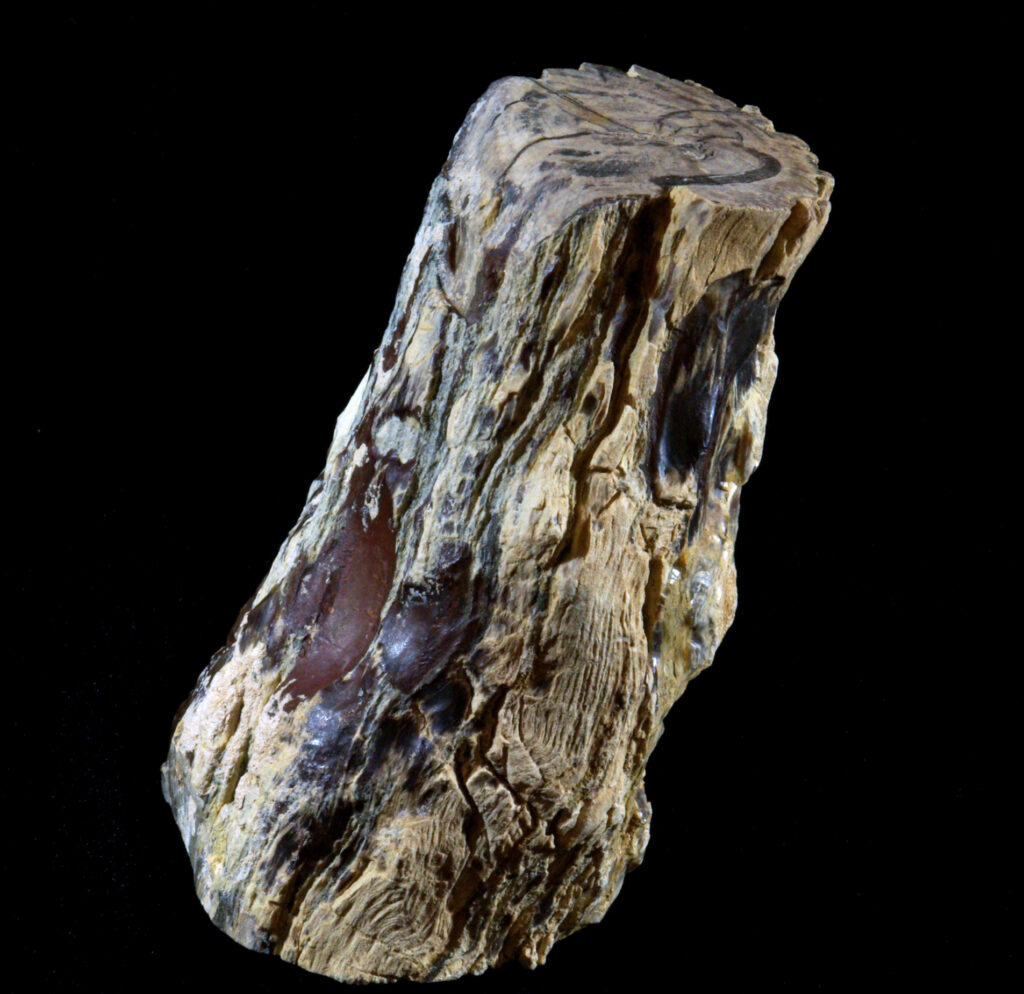
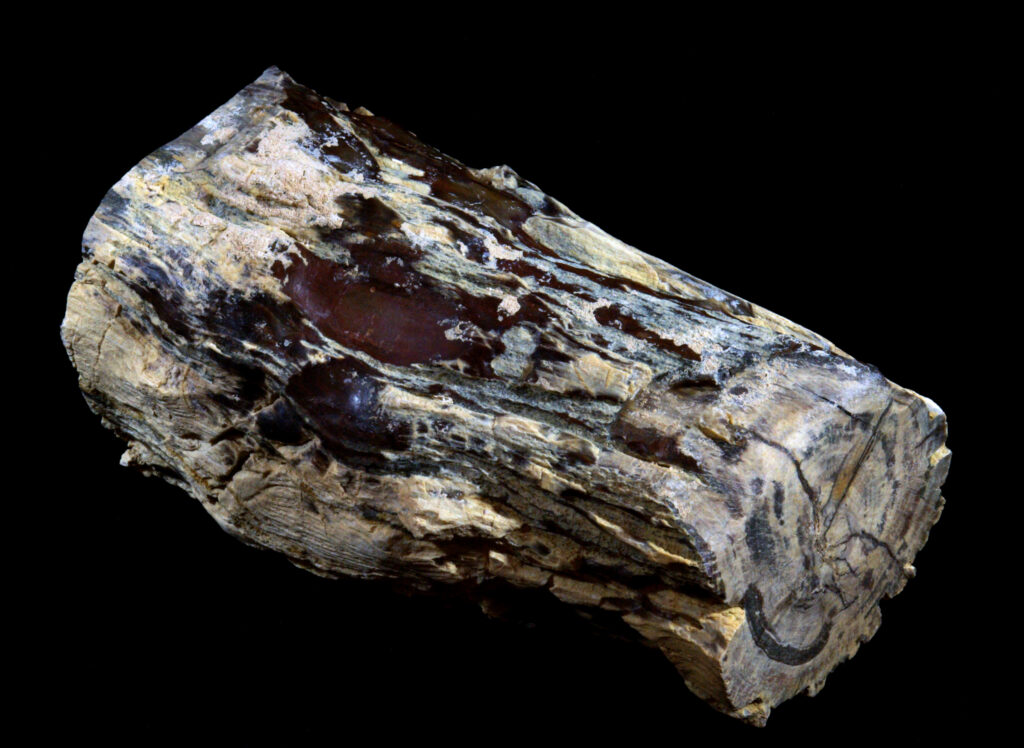
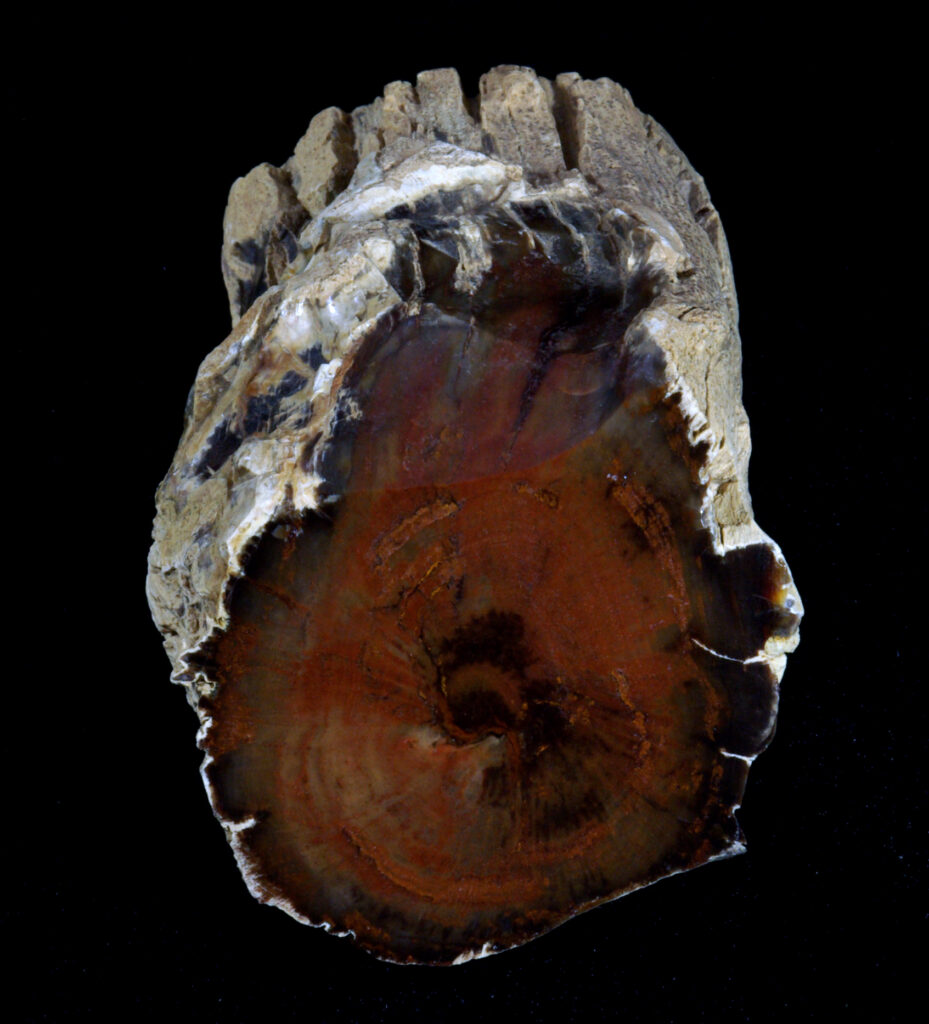
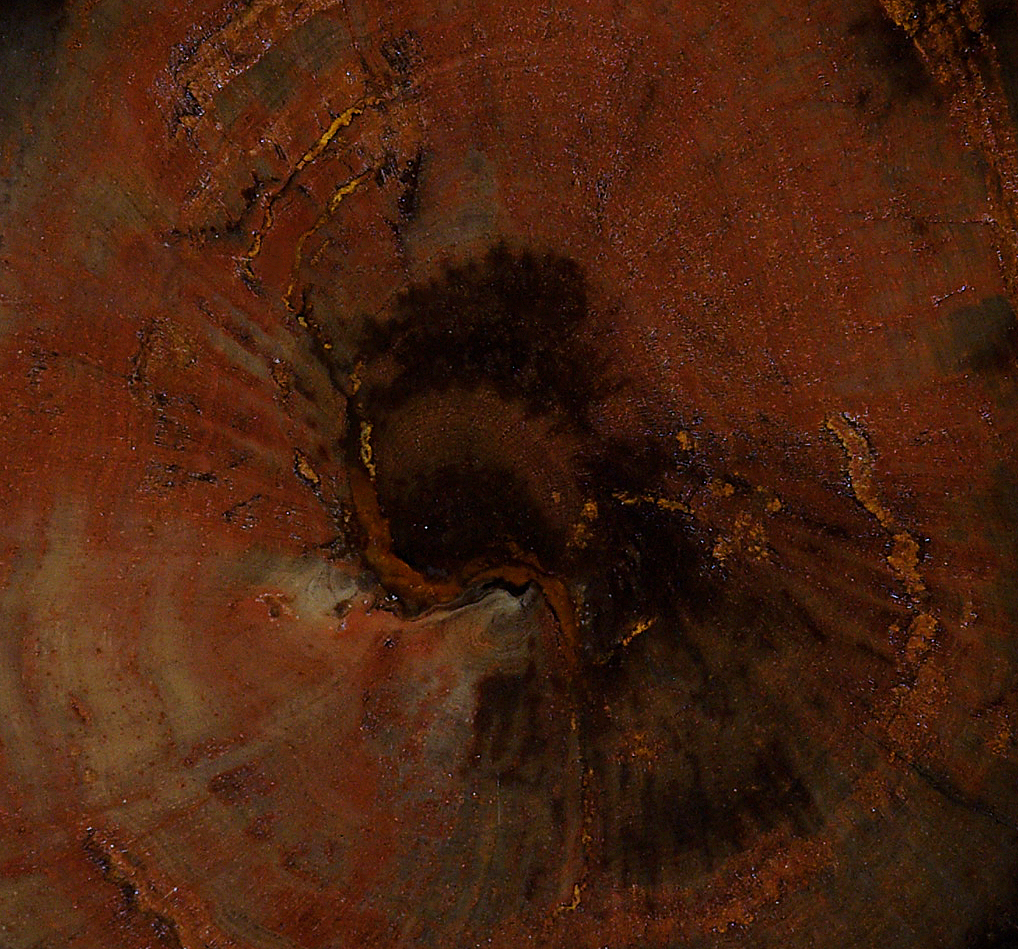
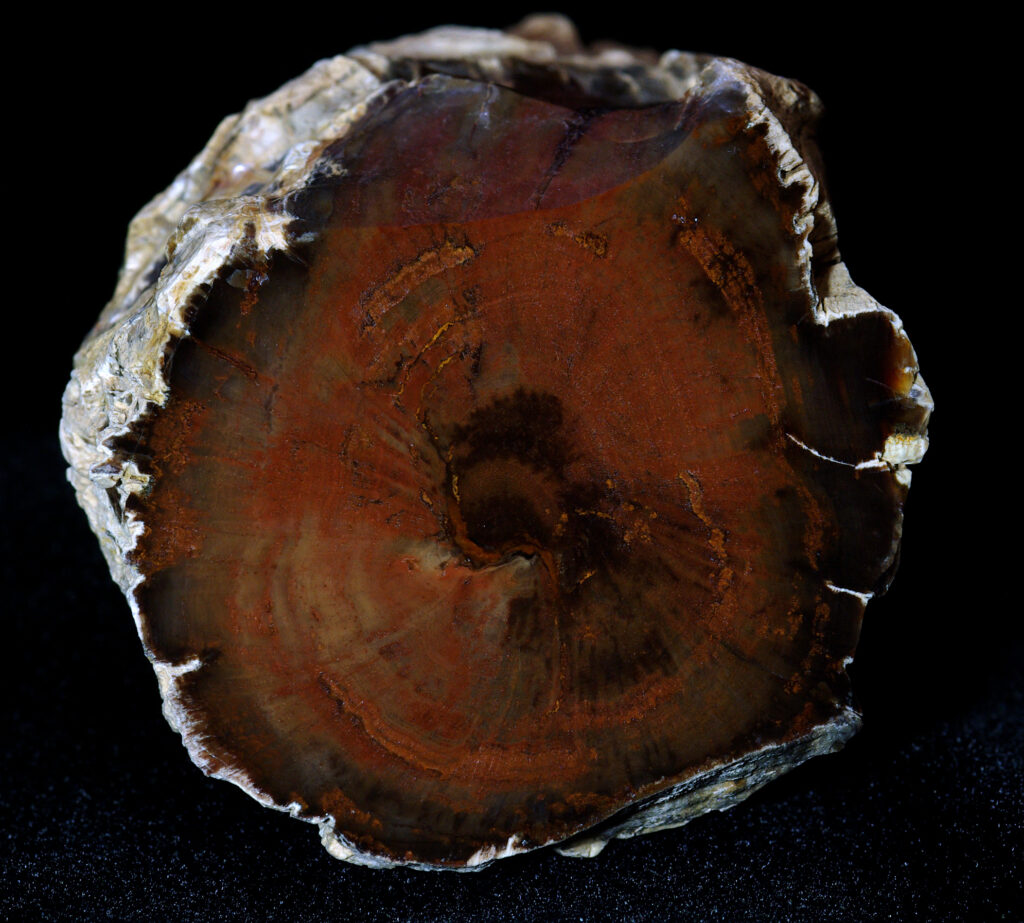
Wyoming 1. Eden Valley. Tertiary. Full round log, all natural but for the cut and polished face. Unusual color. Well-preserved unusual cell structures. Exquisite wind-polished exterior. Borer trails. Priceless. 55 by 70 polished face; 12.5 cm long; one pound and thirteen ounces.
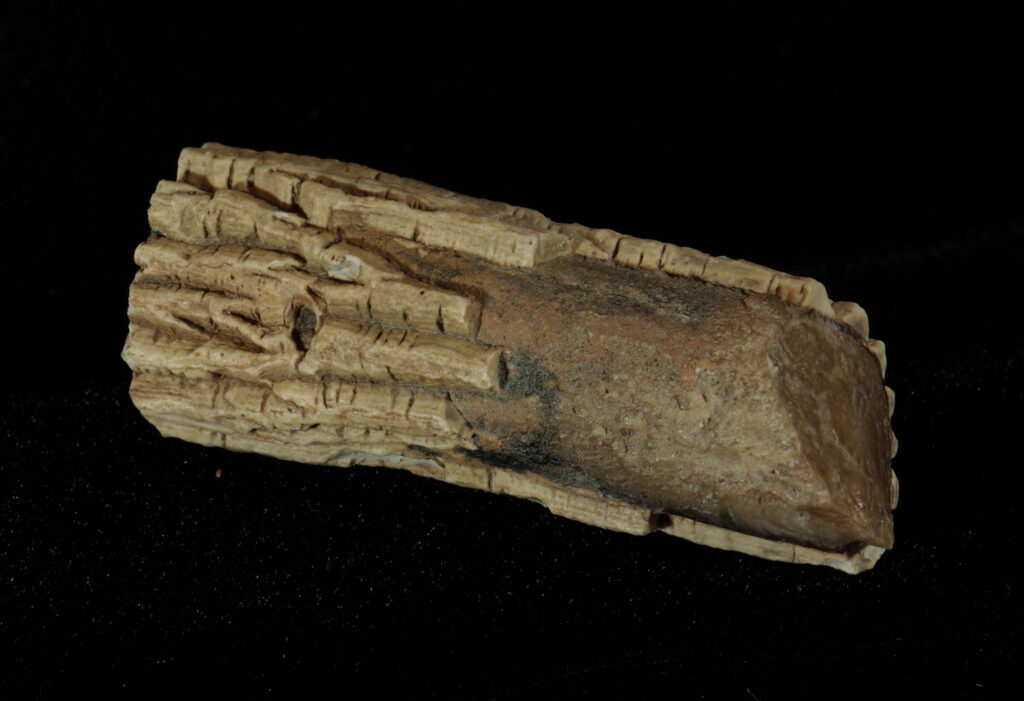
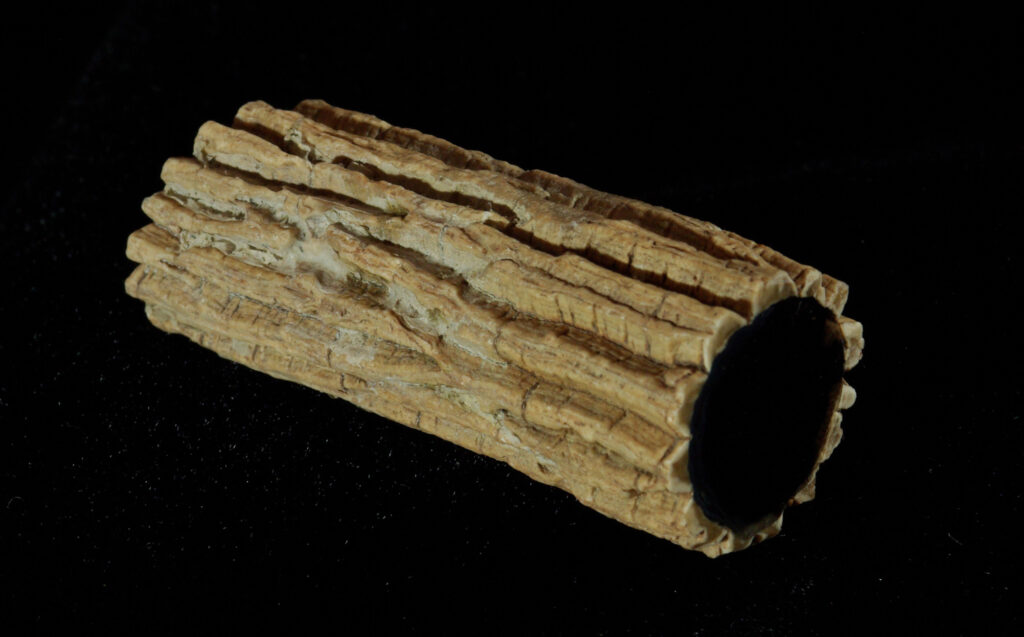
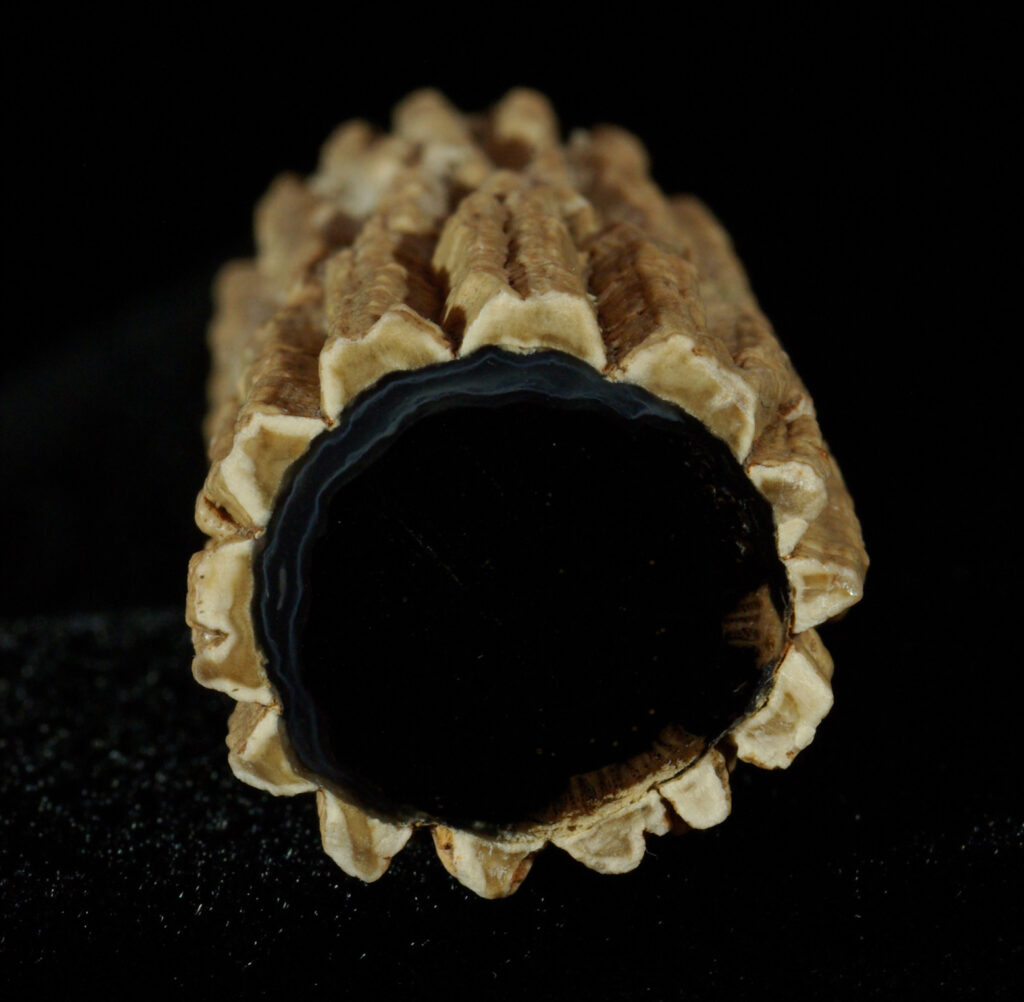
Wyoming 2. Eden Valley. Tertiary. Full round limb, all natural but for the cut and polished face. 21 by 22 mm polished face; 5.5 cm long; 1.3 ounces.
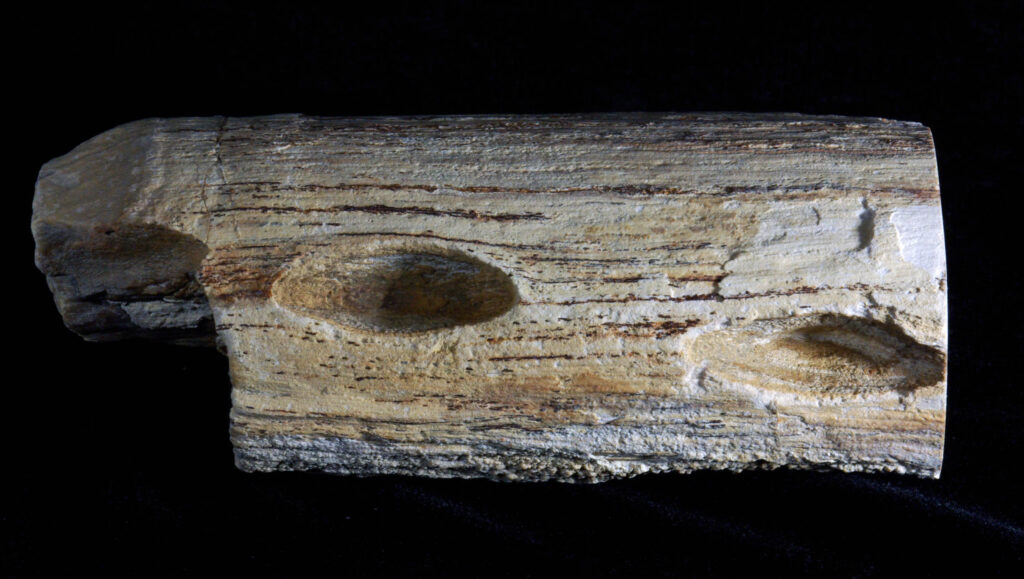
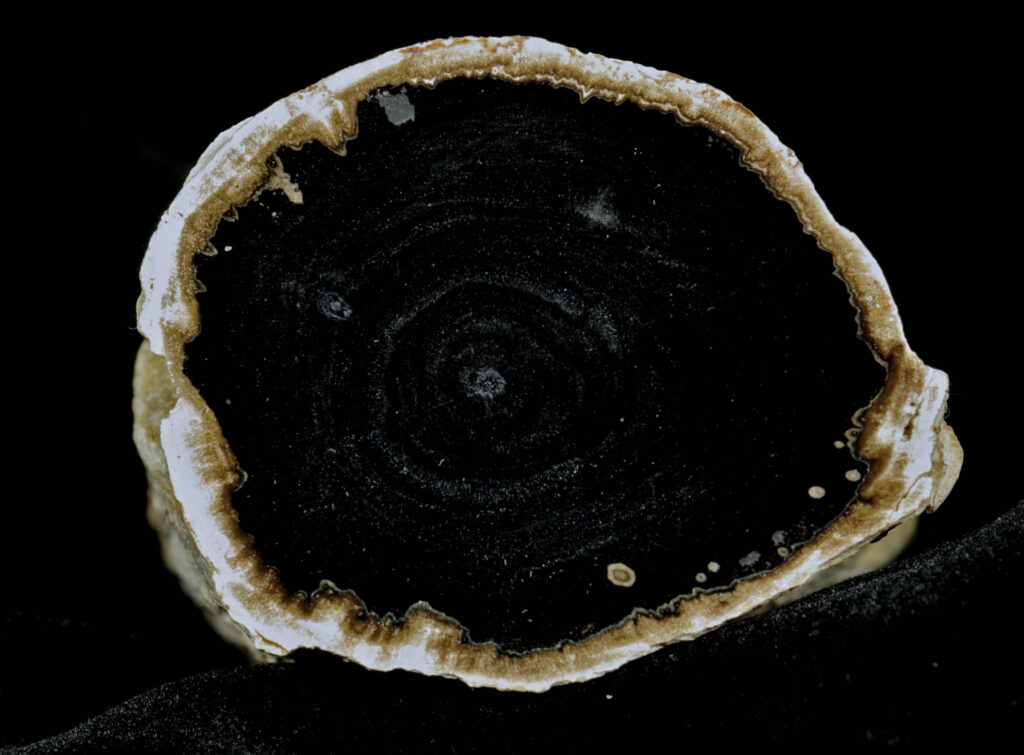
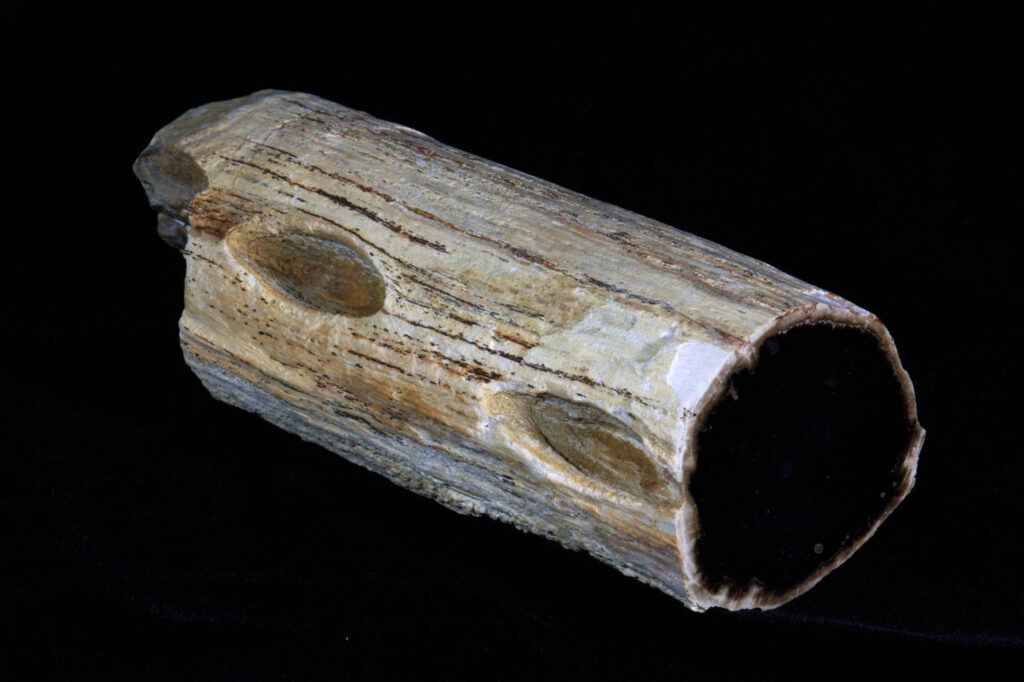
Probable Wyoming. This could also be McDermitt area, but I lean toward Wyoming. Full round hardwood with one natural end. What’s most interesting about this specimen are the two oblong holes. According to a collector who is also a birder, the holes are woodpecker exploration holes. I am unconvinced due to the size and smoothness of the indentations, but I cannot rule it out. 3.5 by 4 cm polished face; 10 cm long; ten ounces.

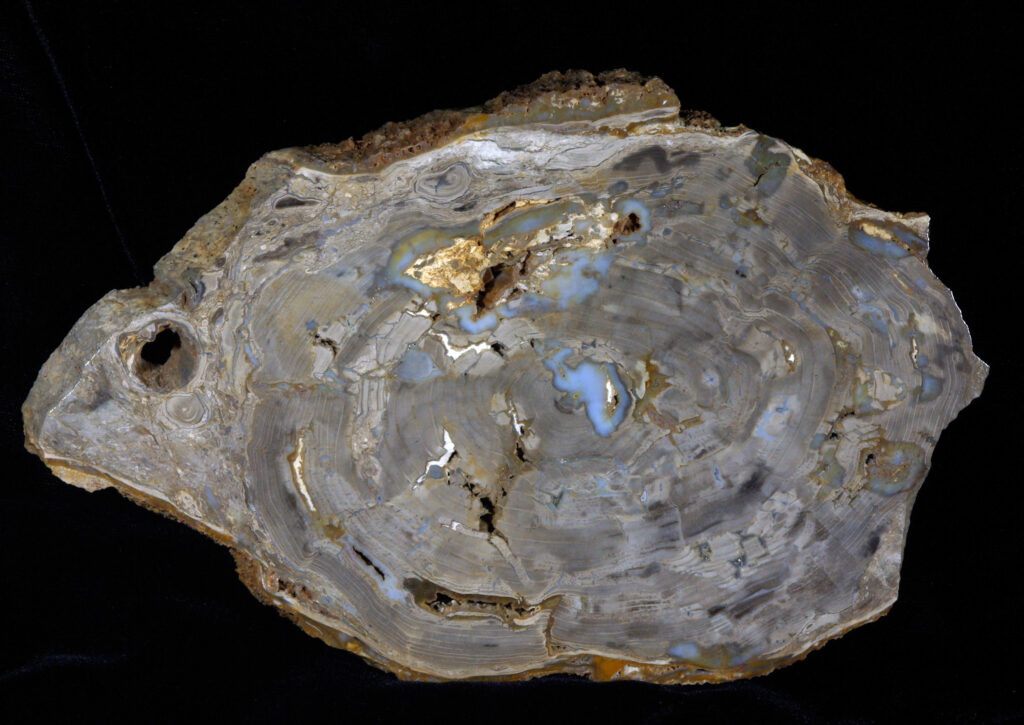
Hungary 1. Ratka, Hungary. Micoene. I got this in a collection I purchased from an overseas collector. I had seen a much smaller piece from this vicinity and my immediate guess was Hungary. I have seen very little wood from Europe that I considered to be great, most likely because European collectors, especially in the Germanic countries, keep the best ones for their own collections, both public and private. They have been collecting agates and fossil wood for centuries. Regardless, I like this one. It is a near full round slice, very nicely polished on both sides and beautifully mineralized. Based on the perfect polish, my guess is that it was prepared in Idar-Oberstein, Germany, where rock polishing was perfected hundreds of years ago. This is a nice piece for the location as most are rather fractured. It has a lot going on in the face, from borer tunnels to rootlets which indicate that this was at the base of the trunk. The wood is found in mines and is described as bases of trees. Tree bases are far more likely to fossilize than are higher portions of a tree. No glue or filler. 20 by 12.5 cm polished faces; 17 mm thick; one pound and ten ounces.
END OTHER
